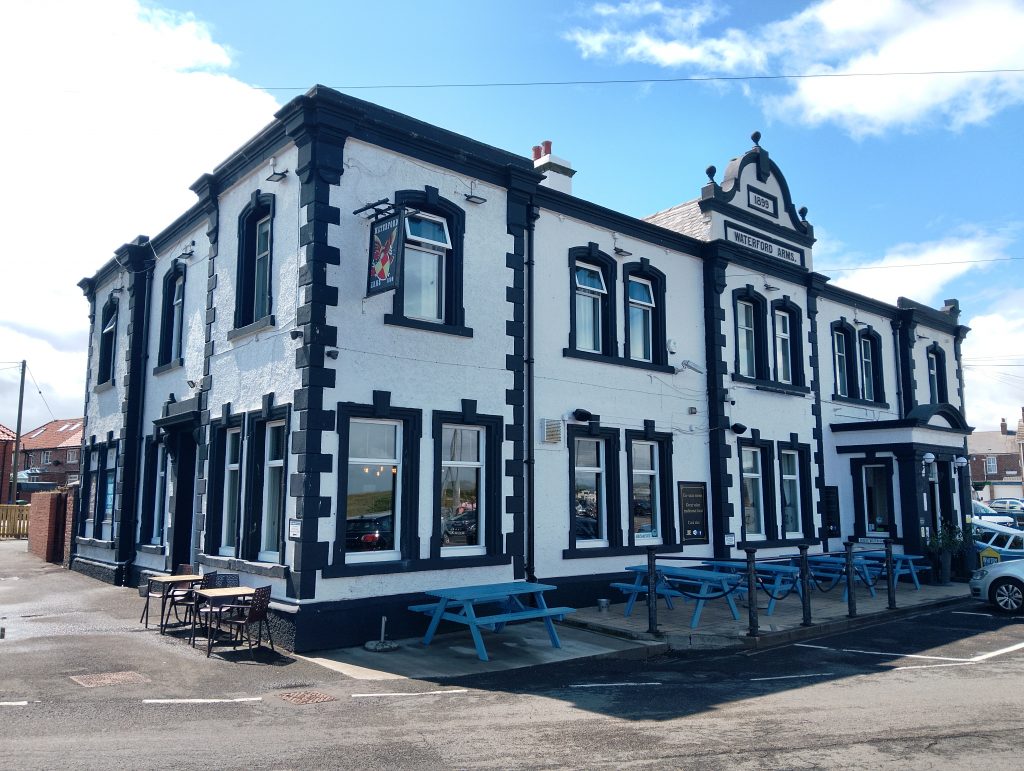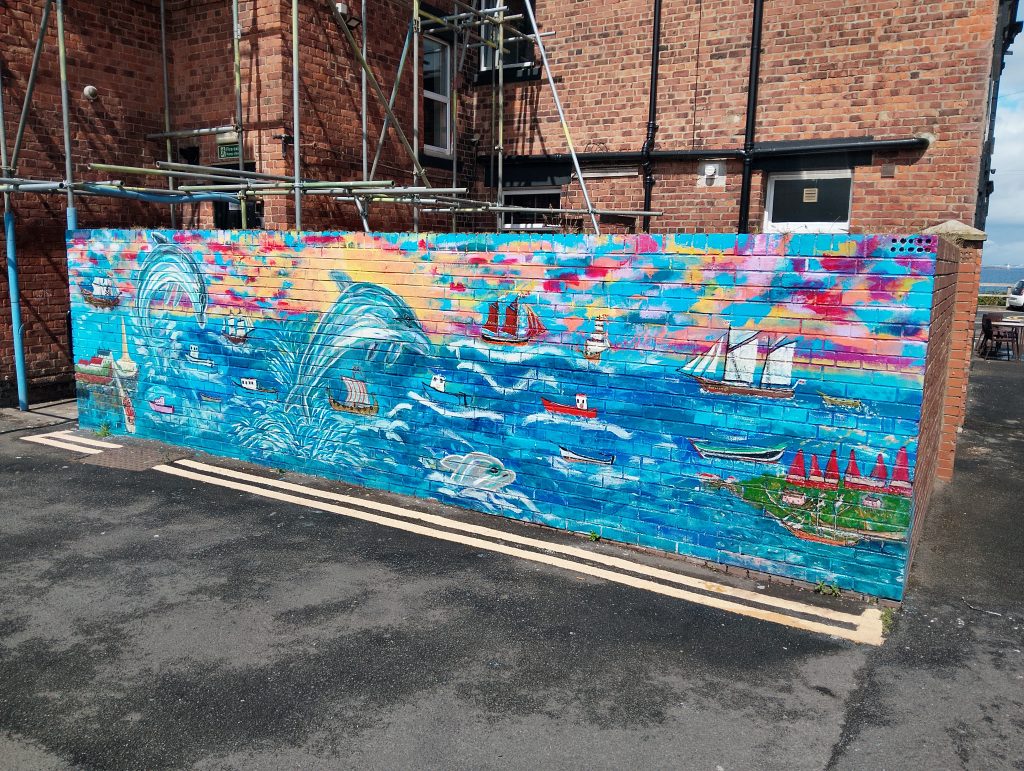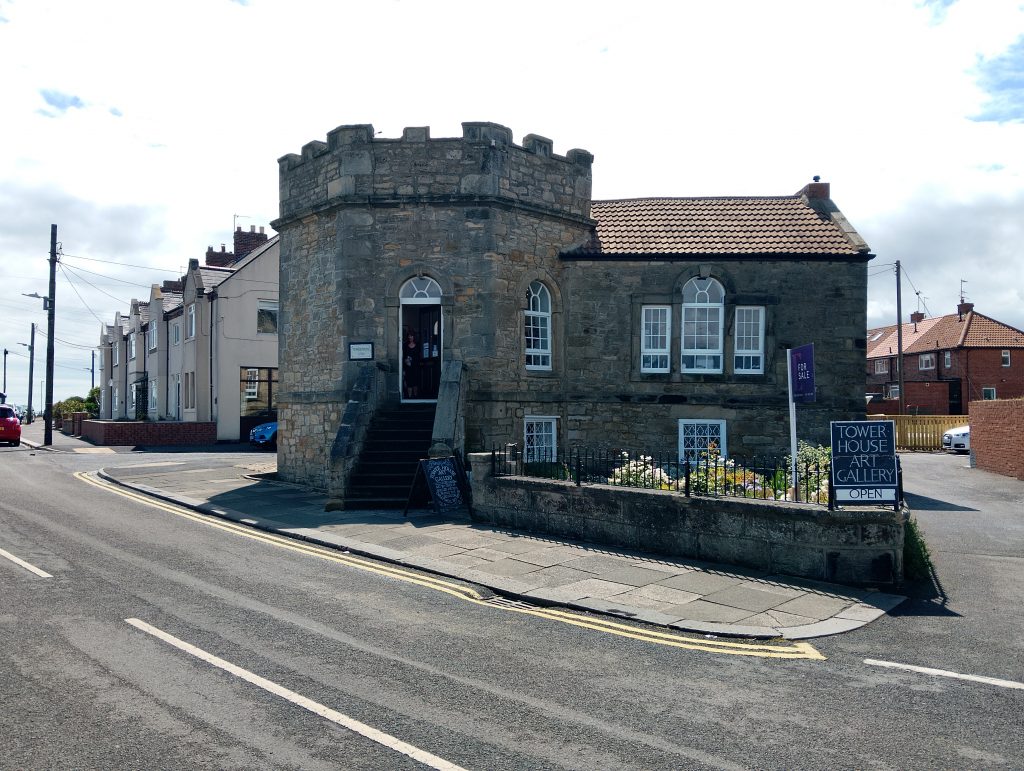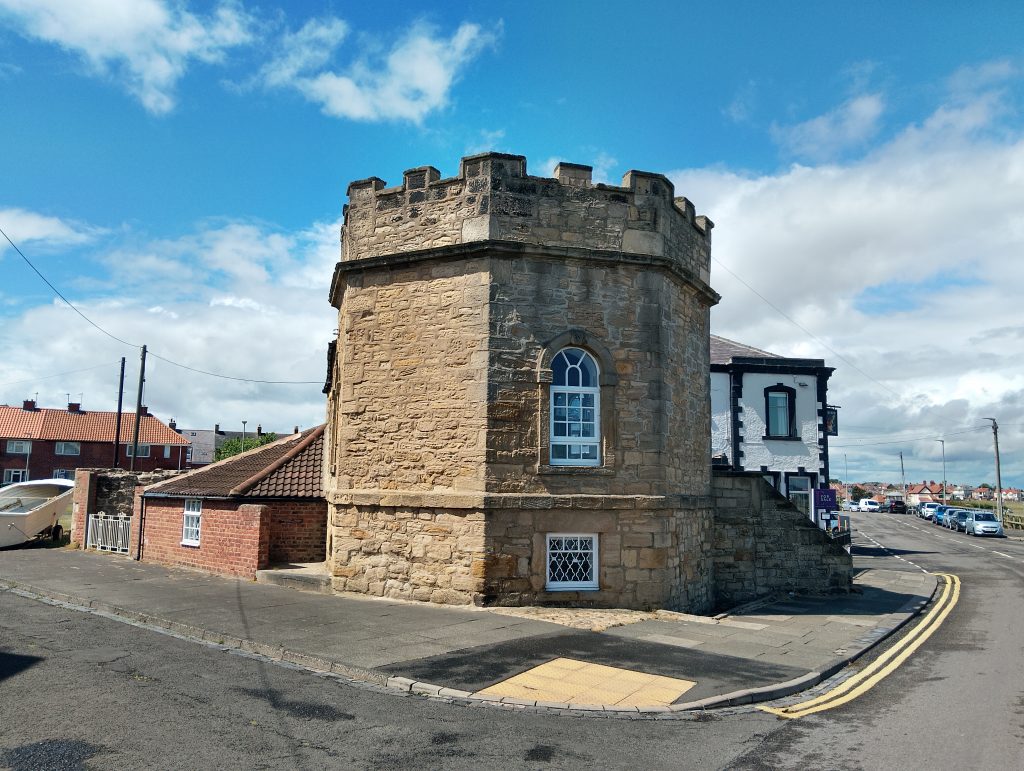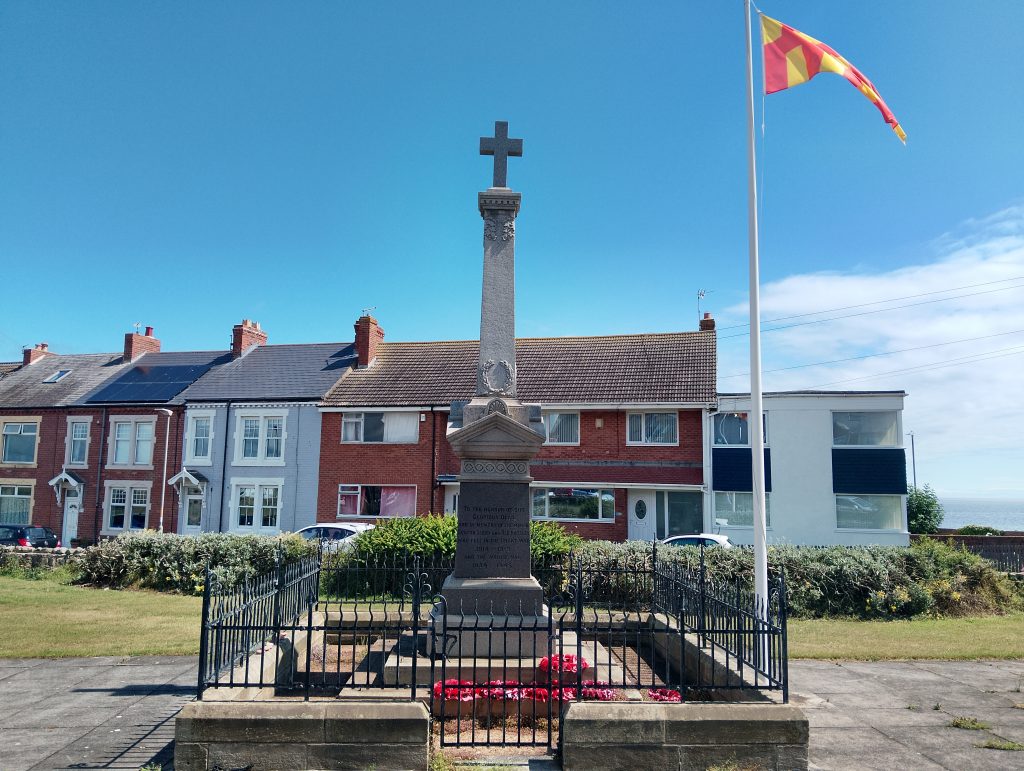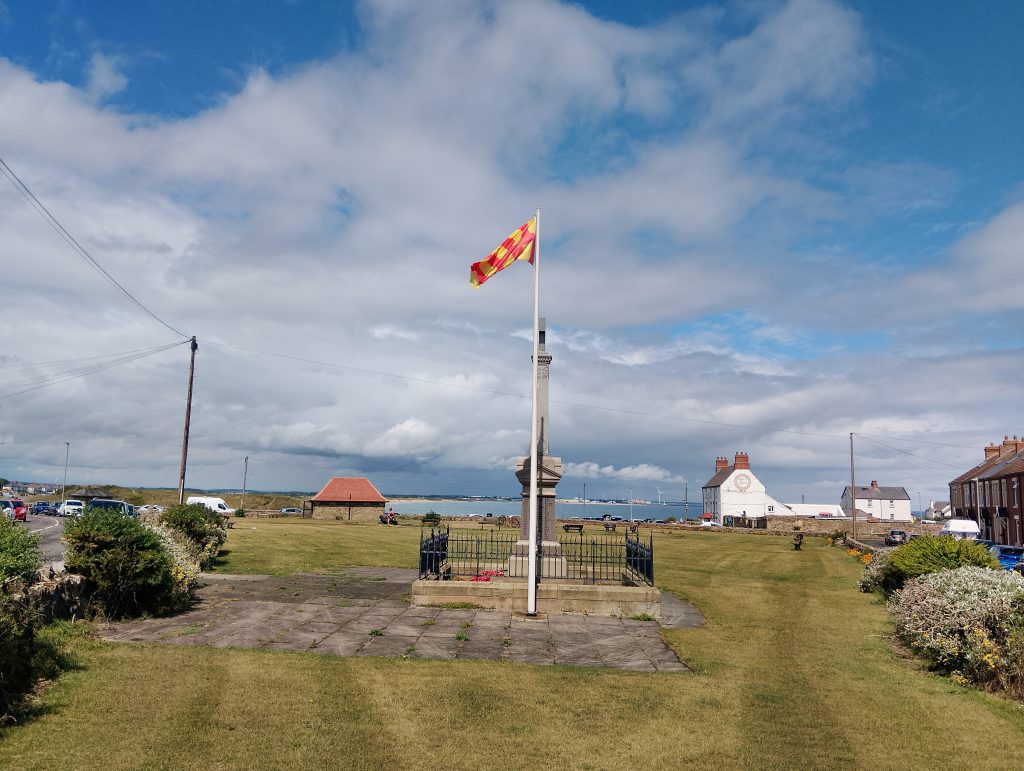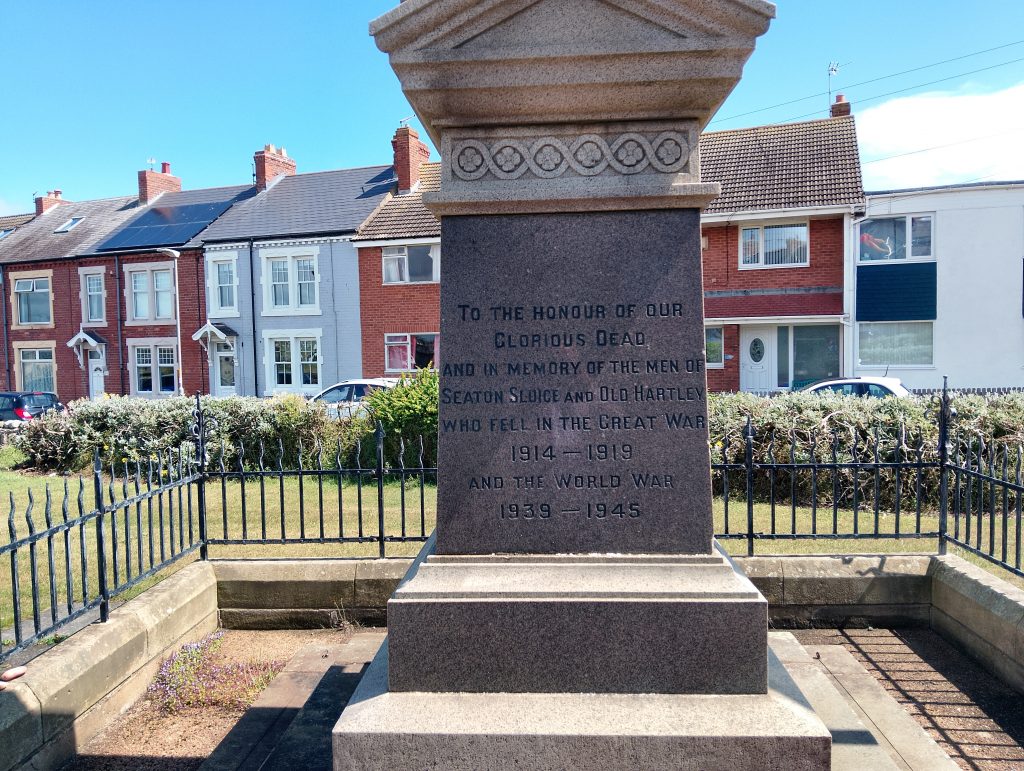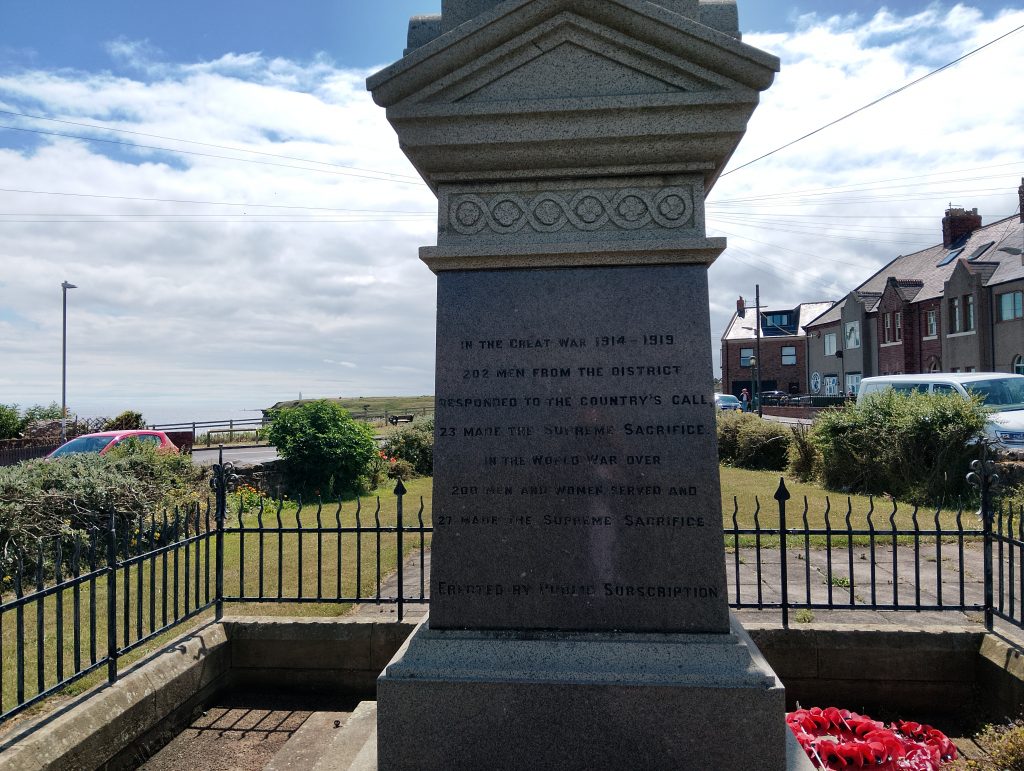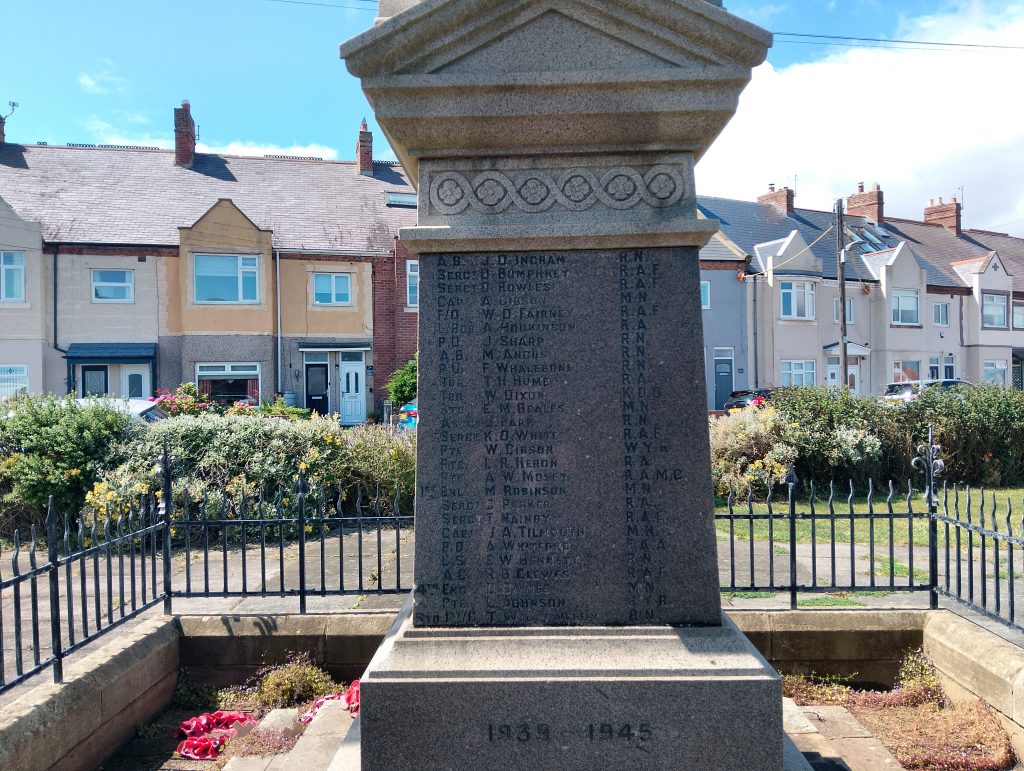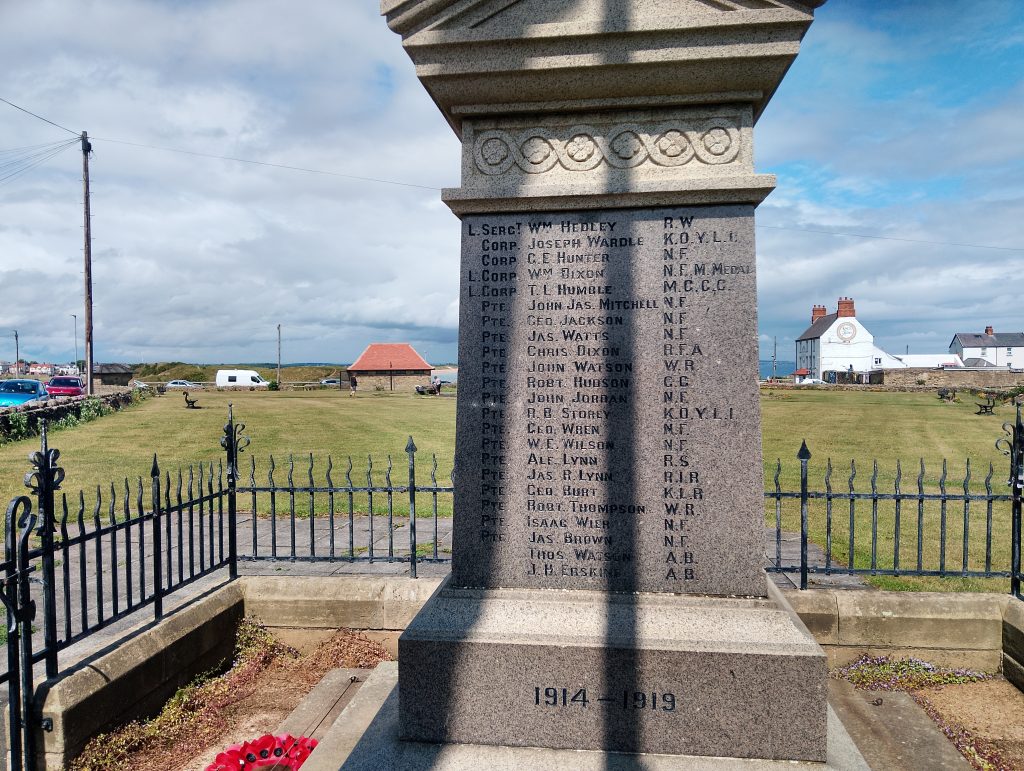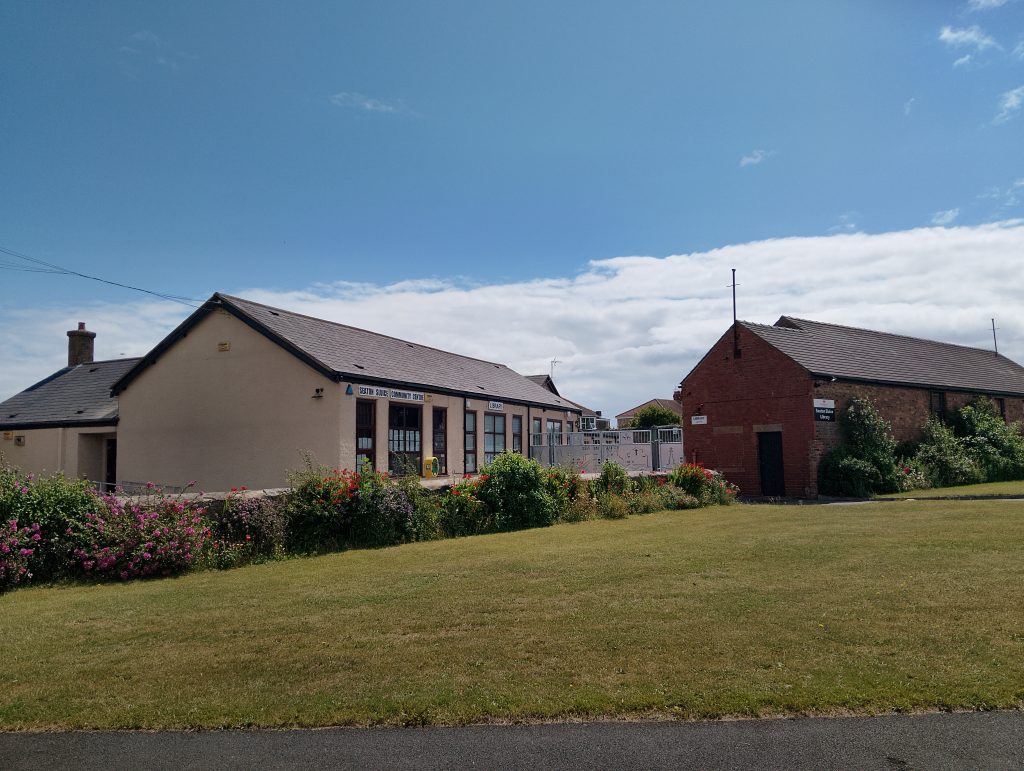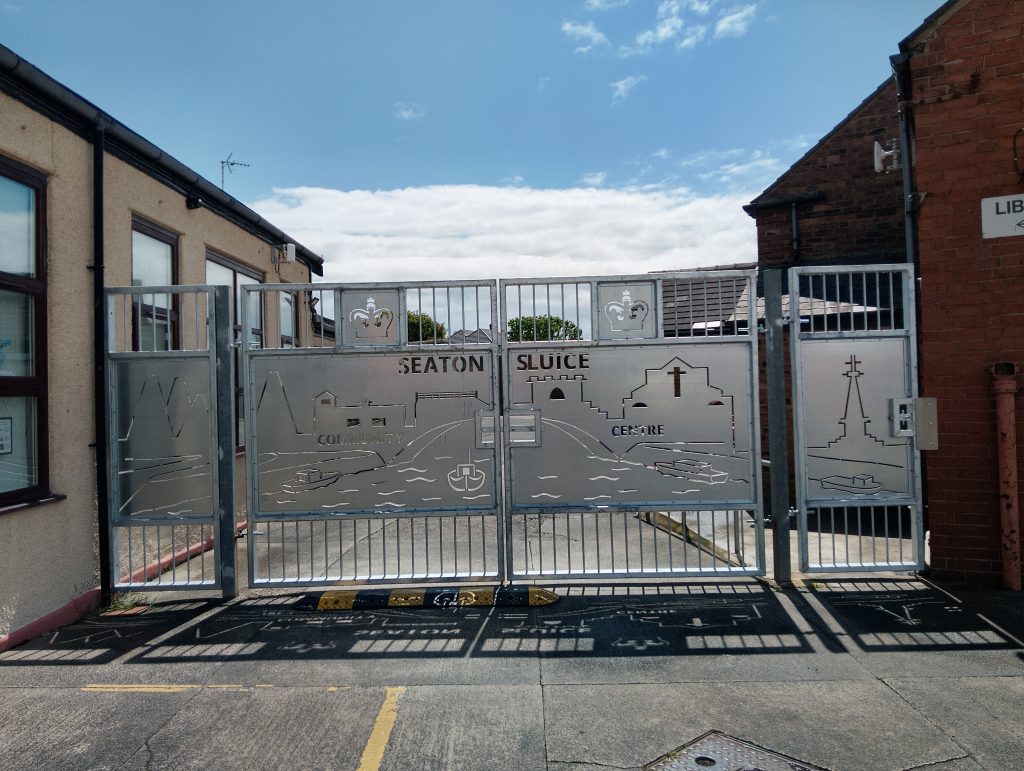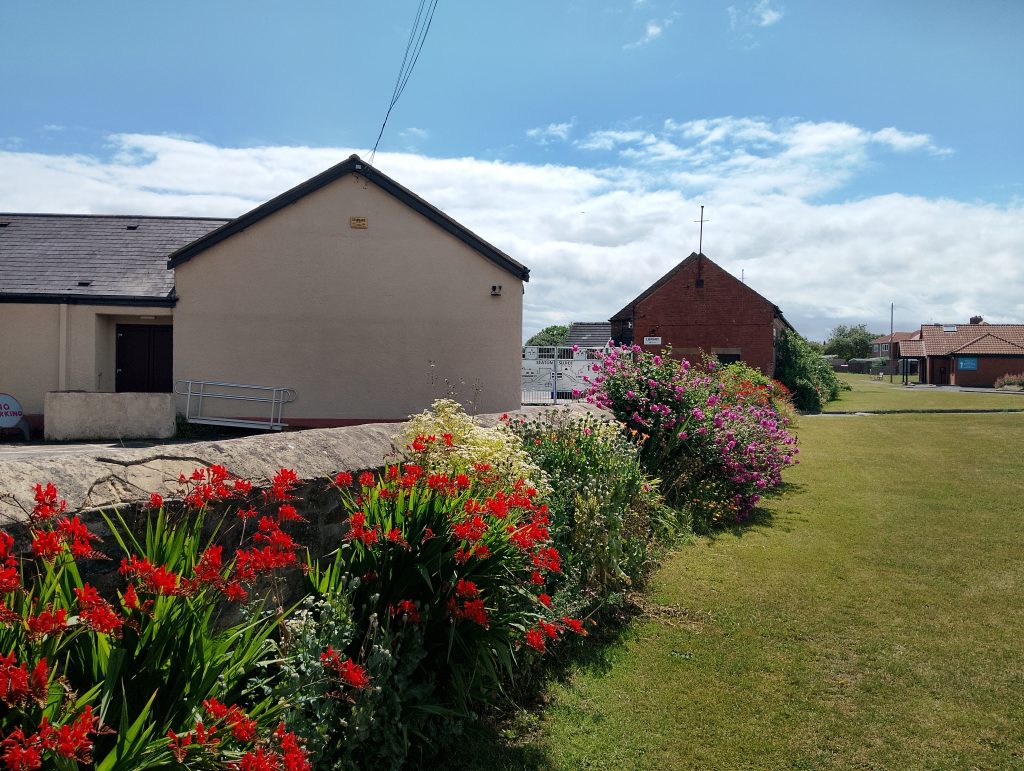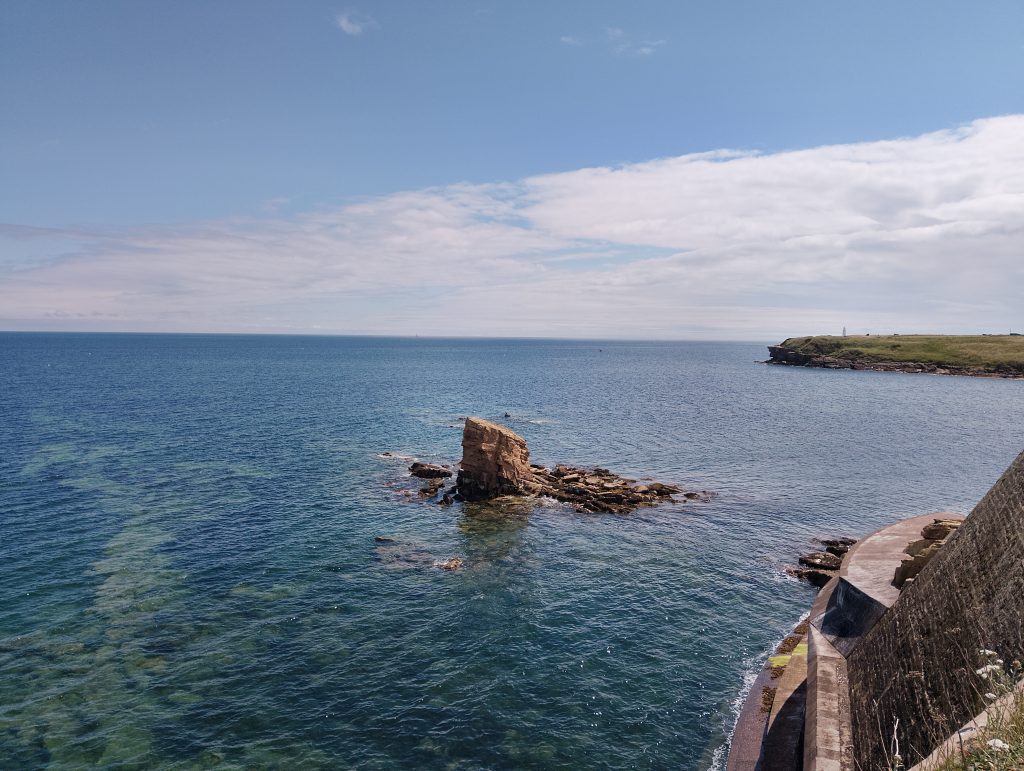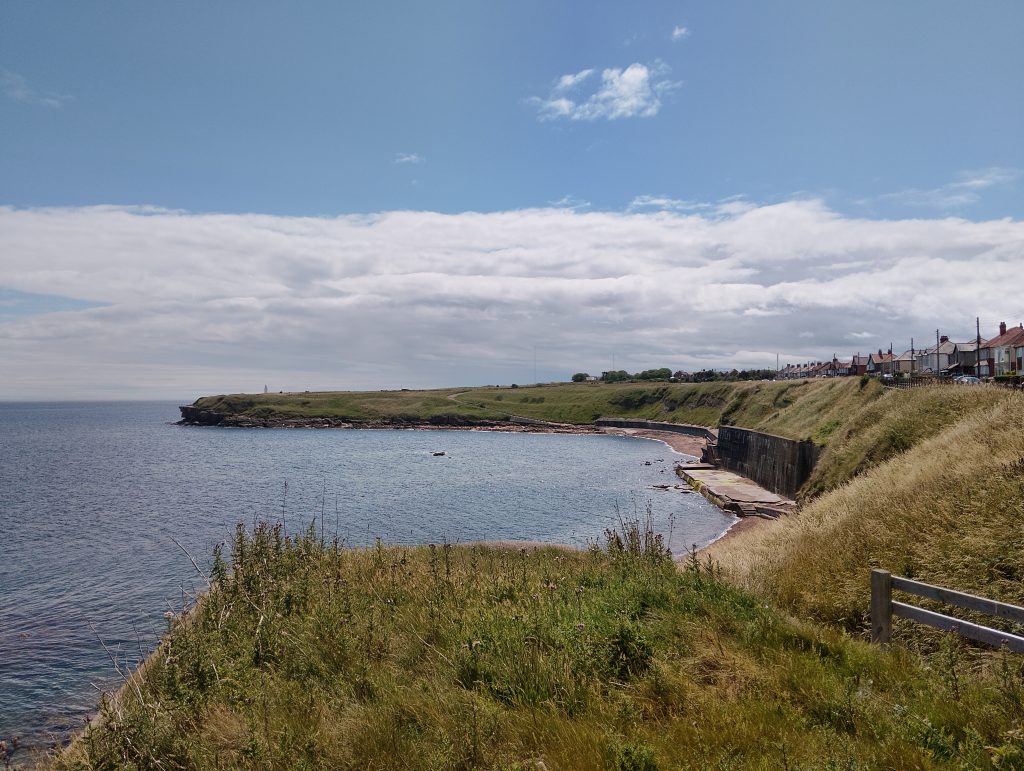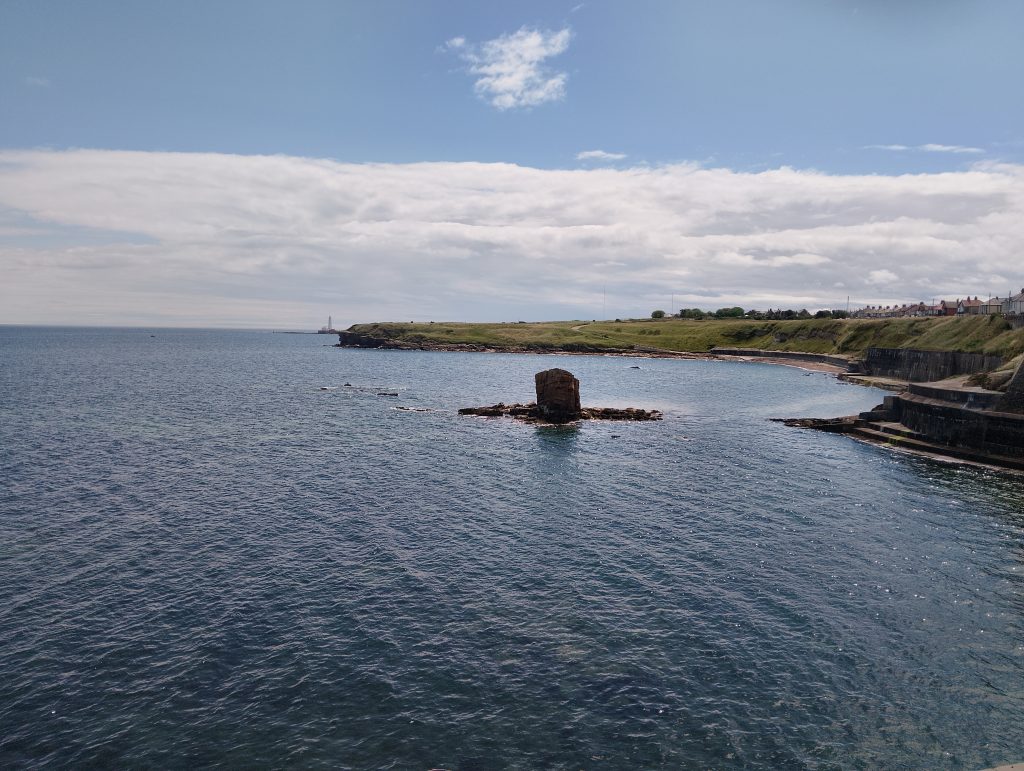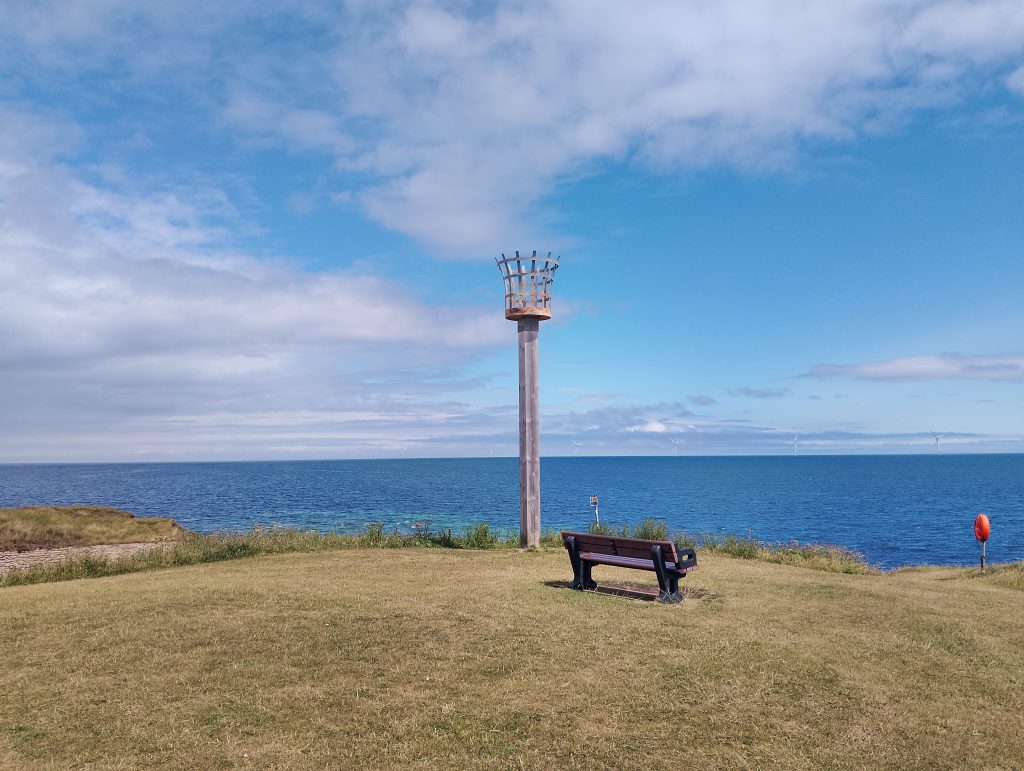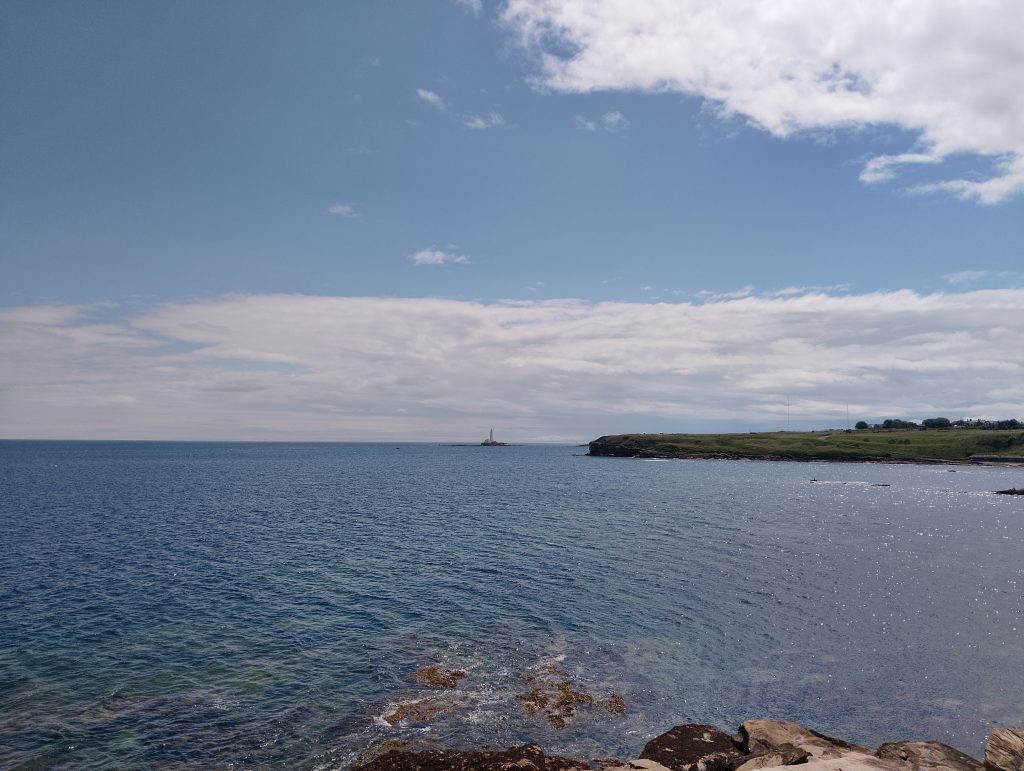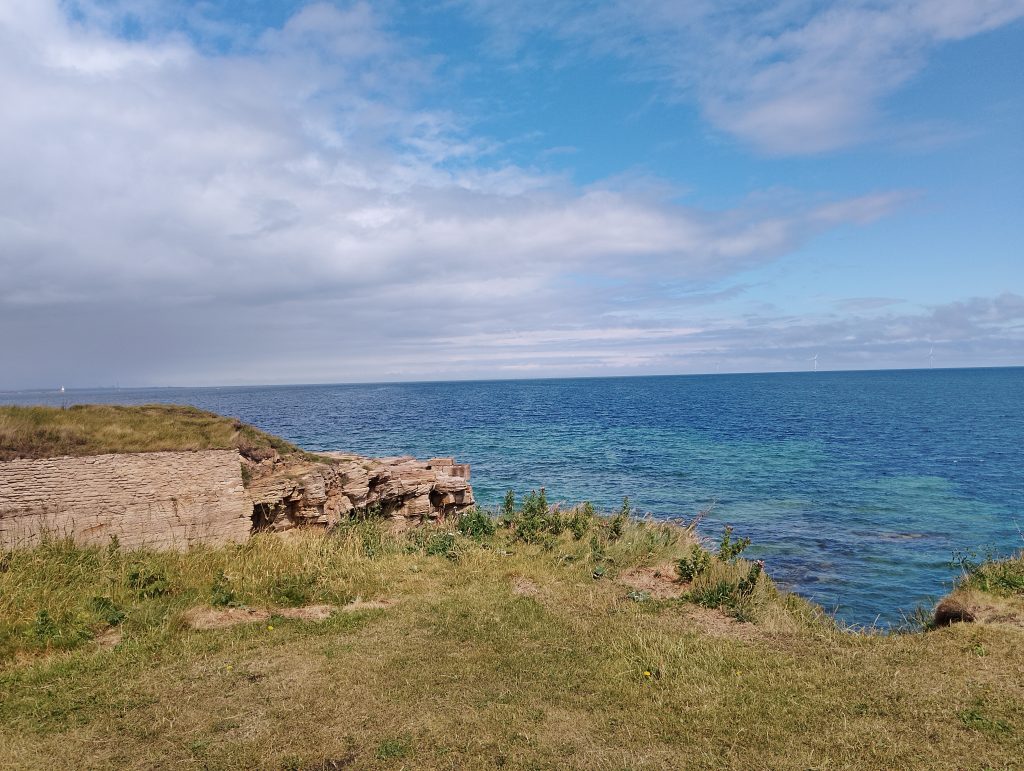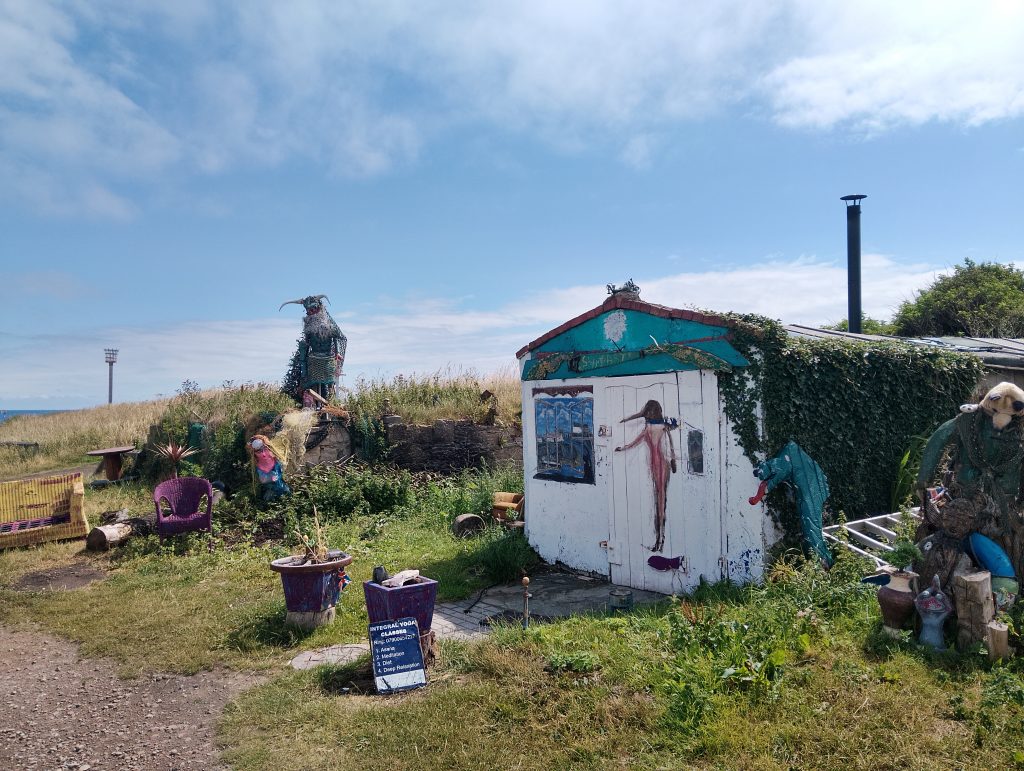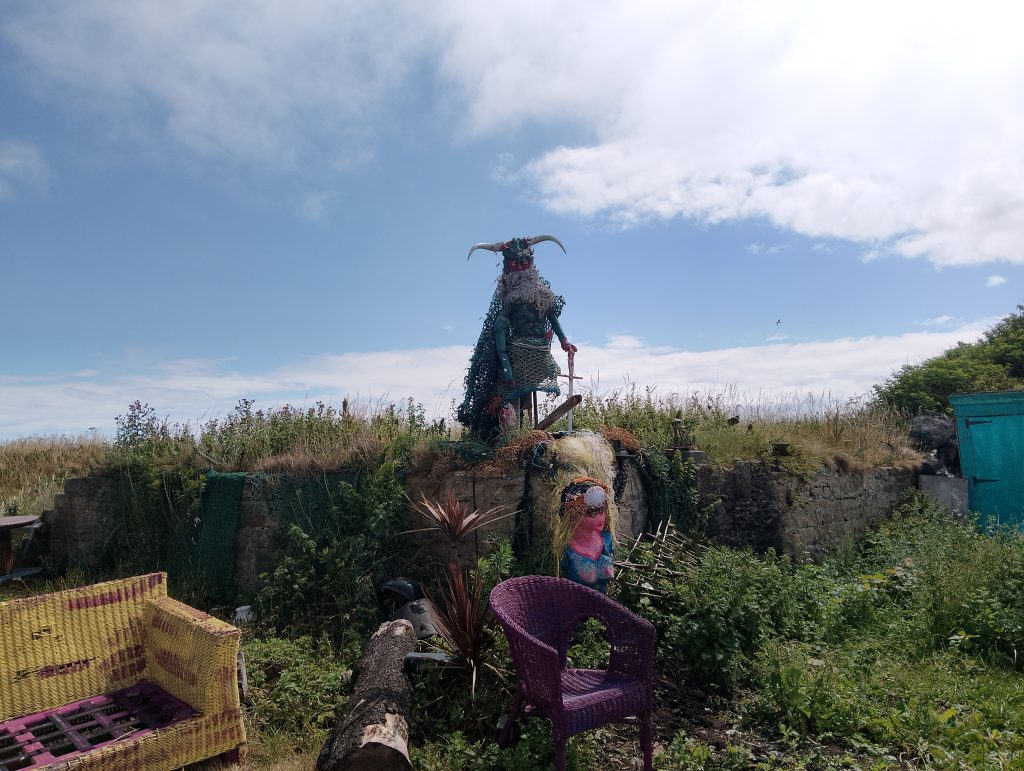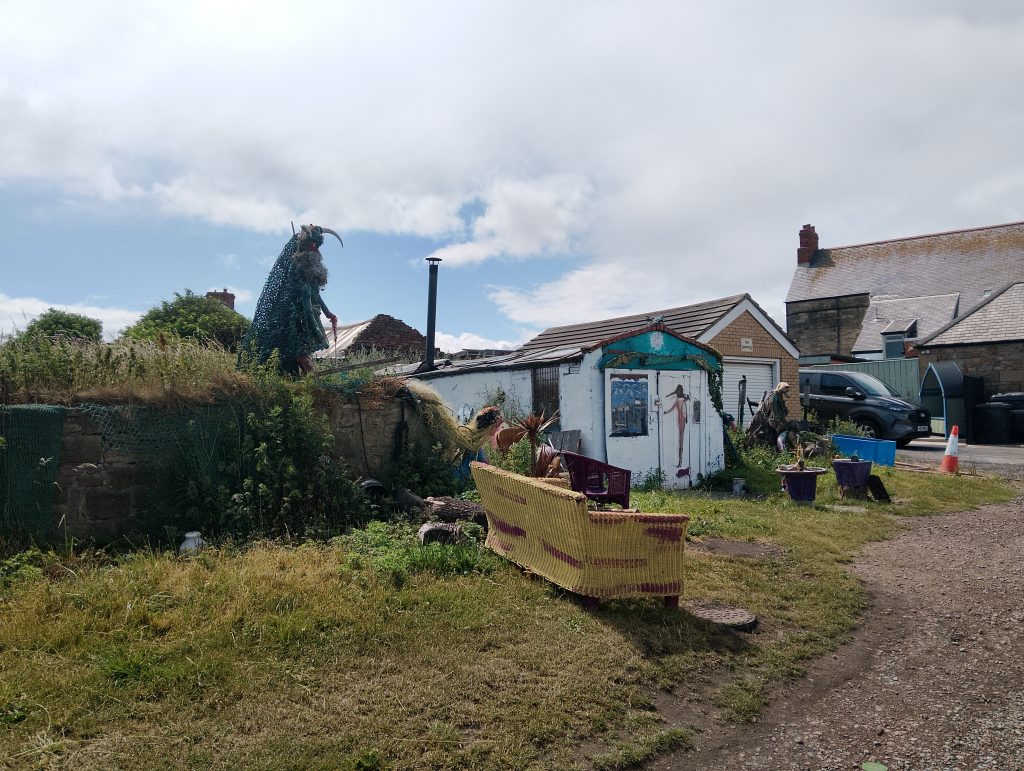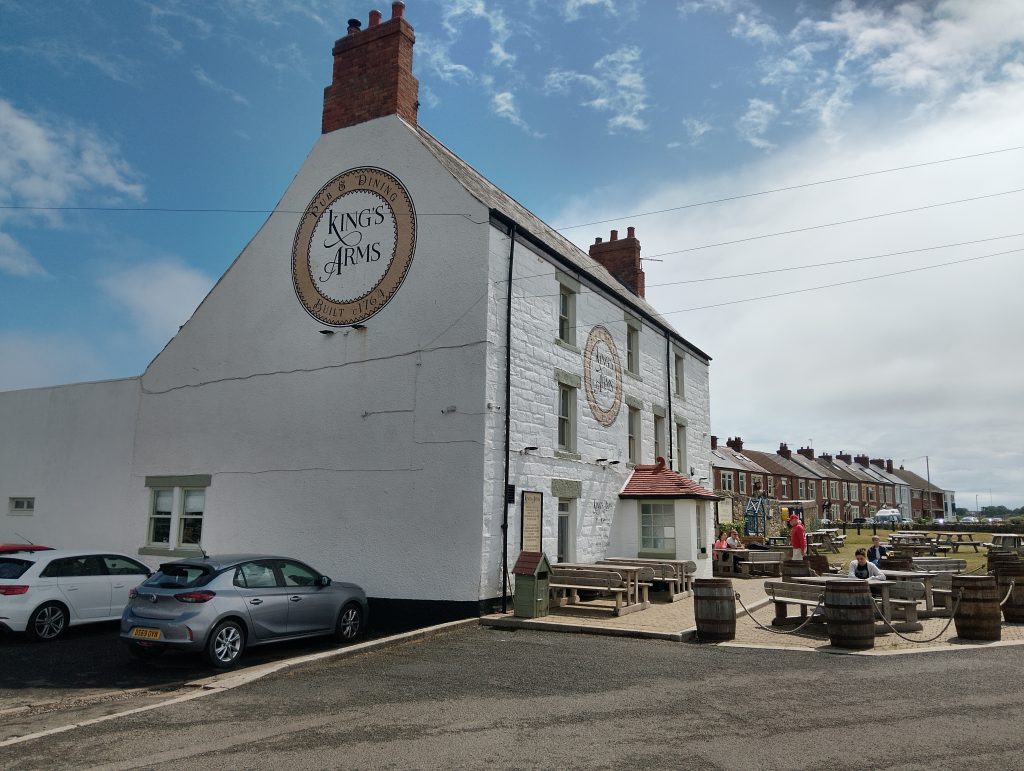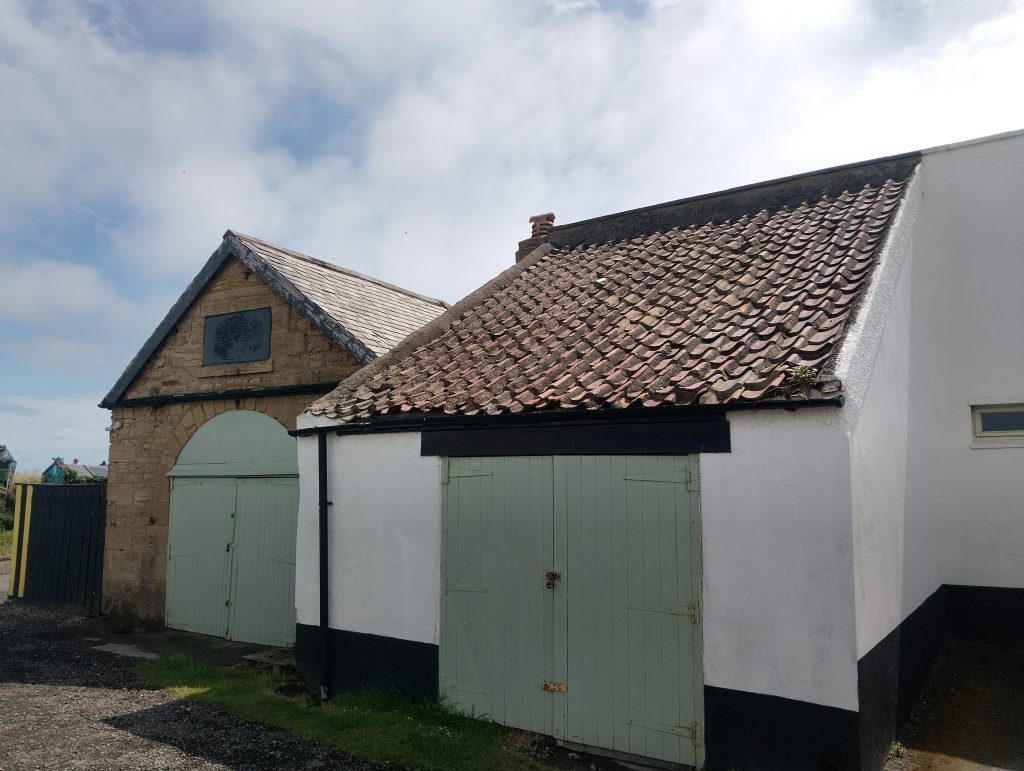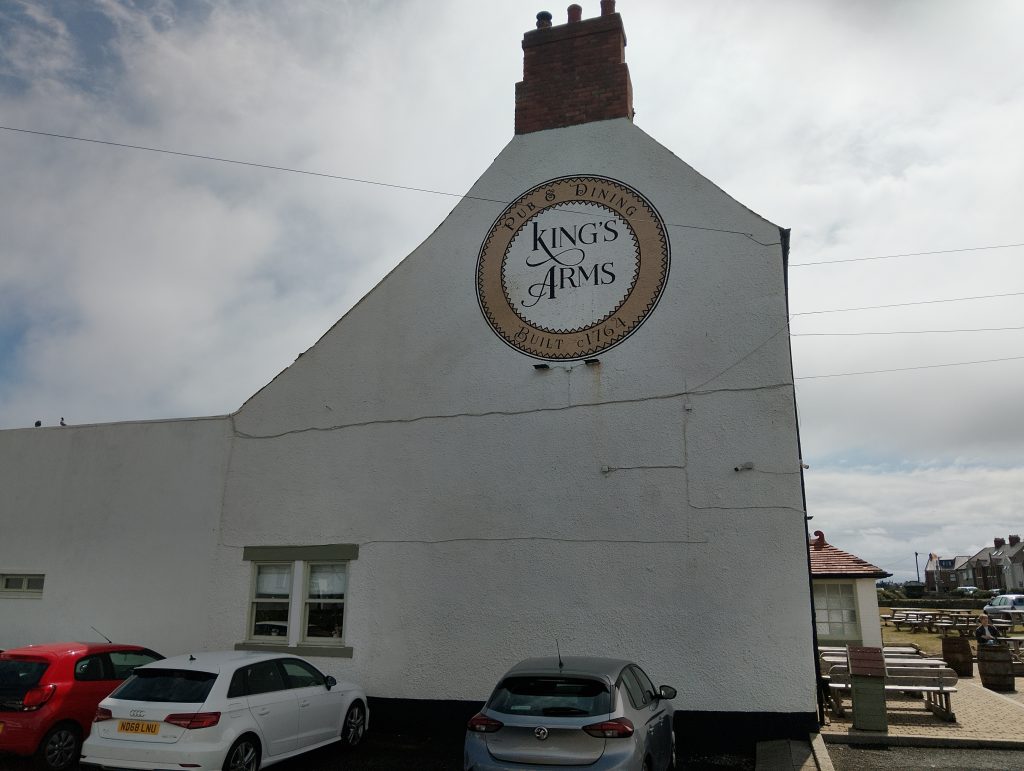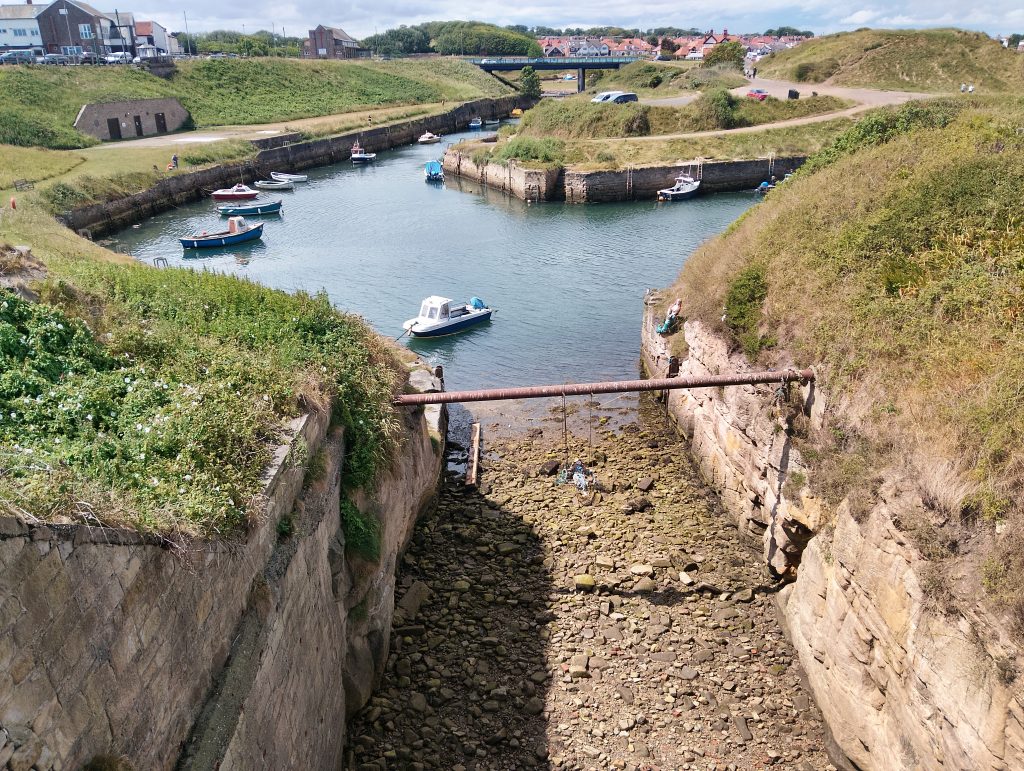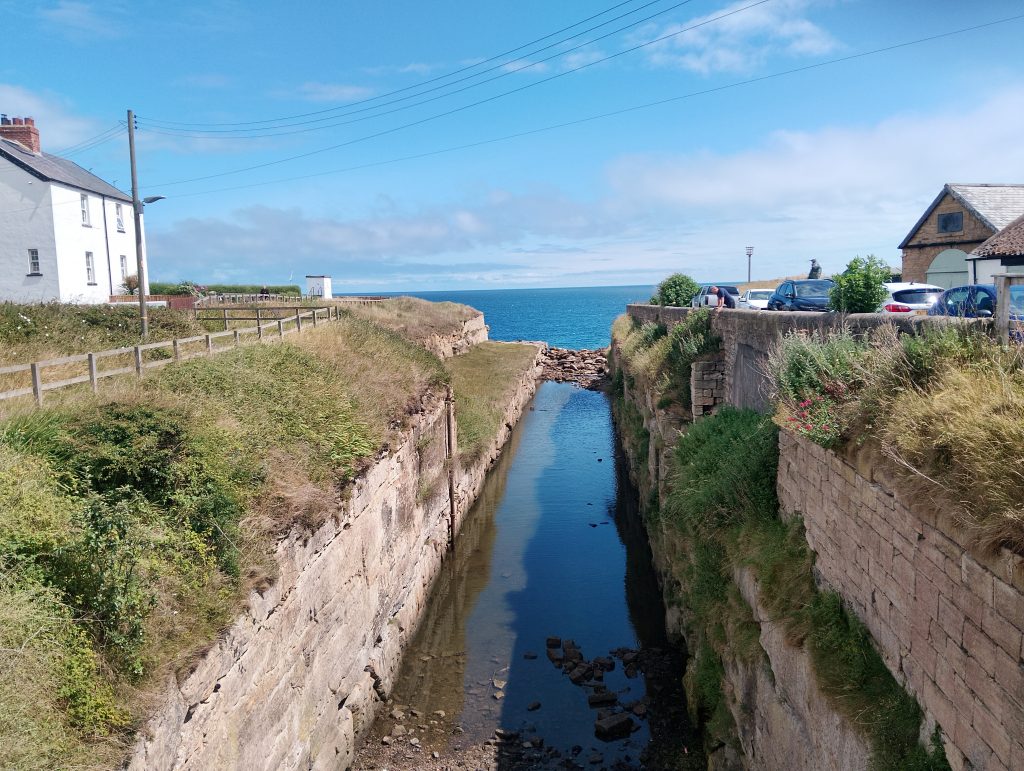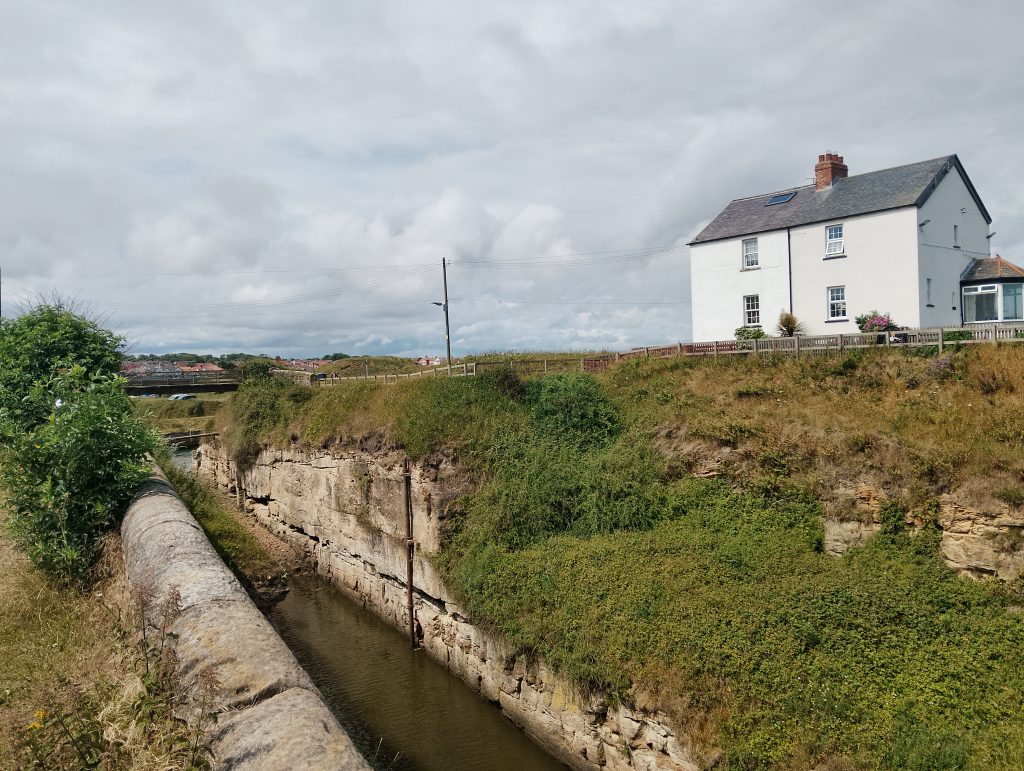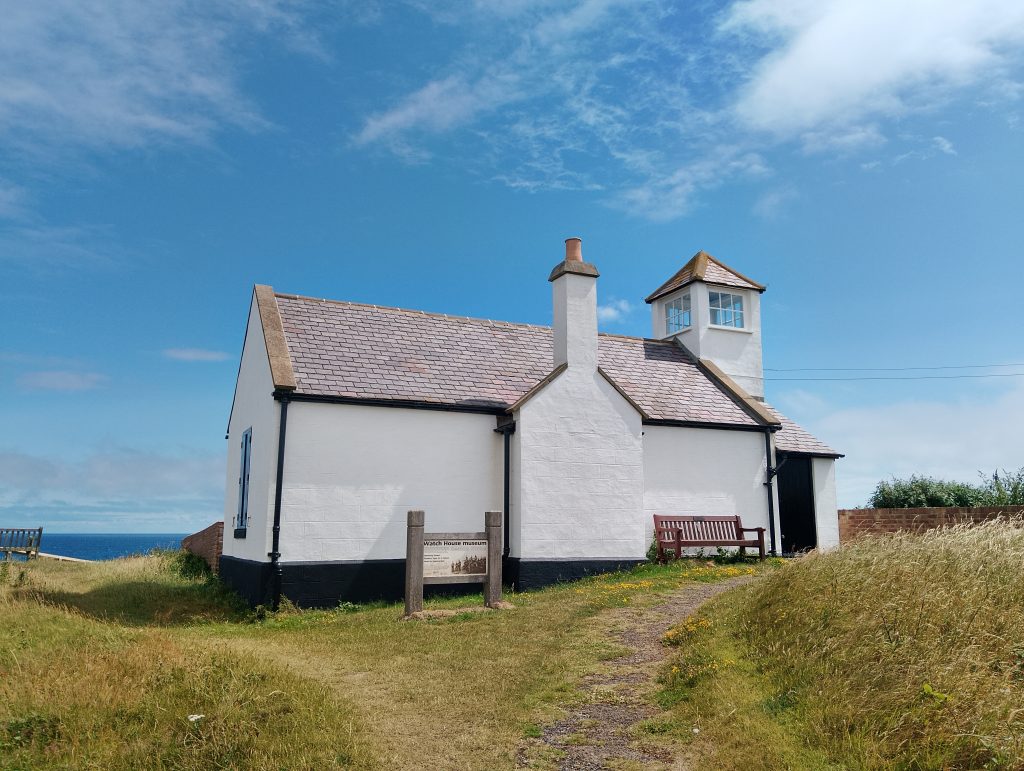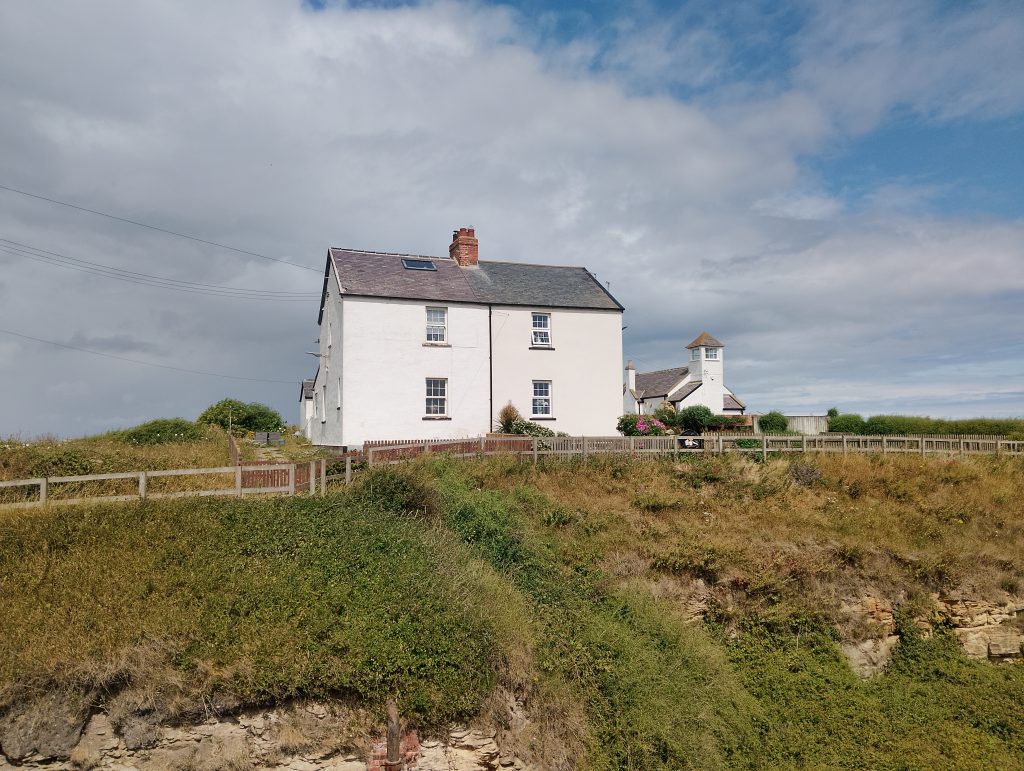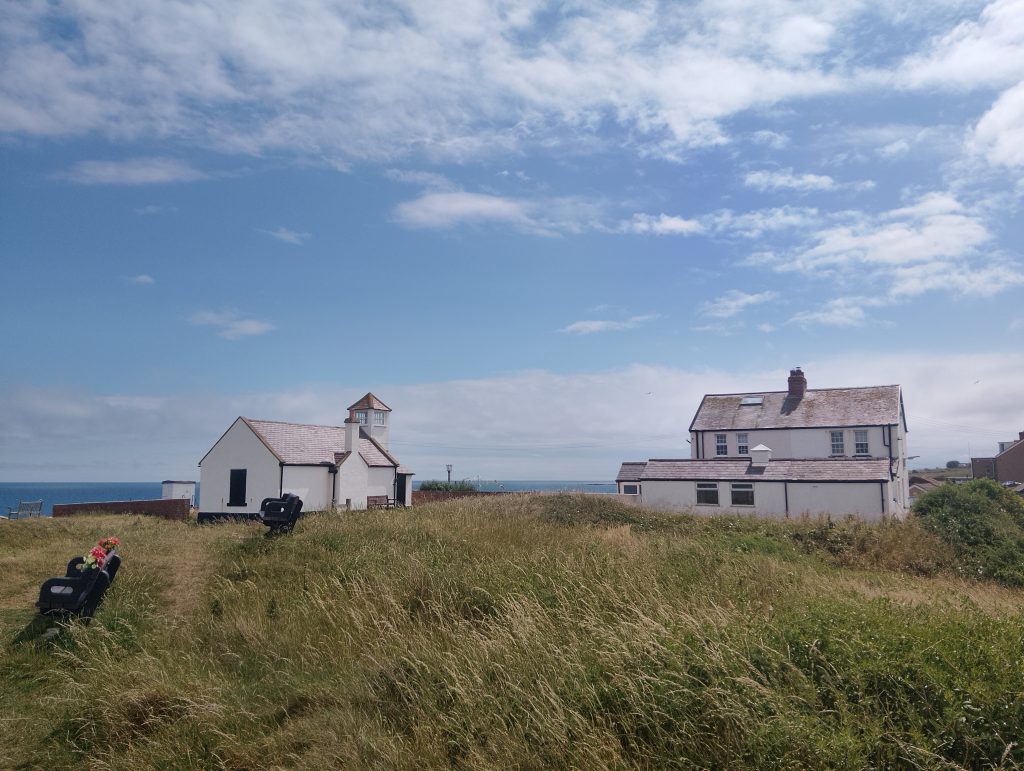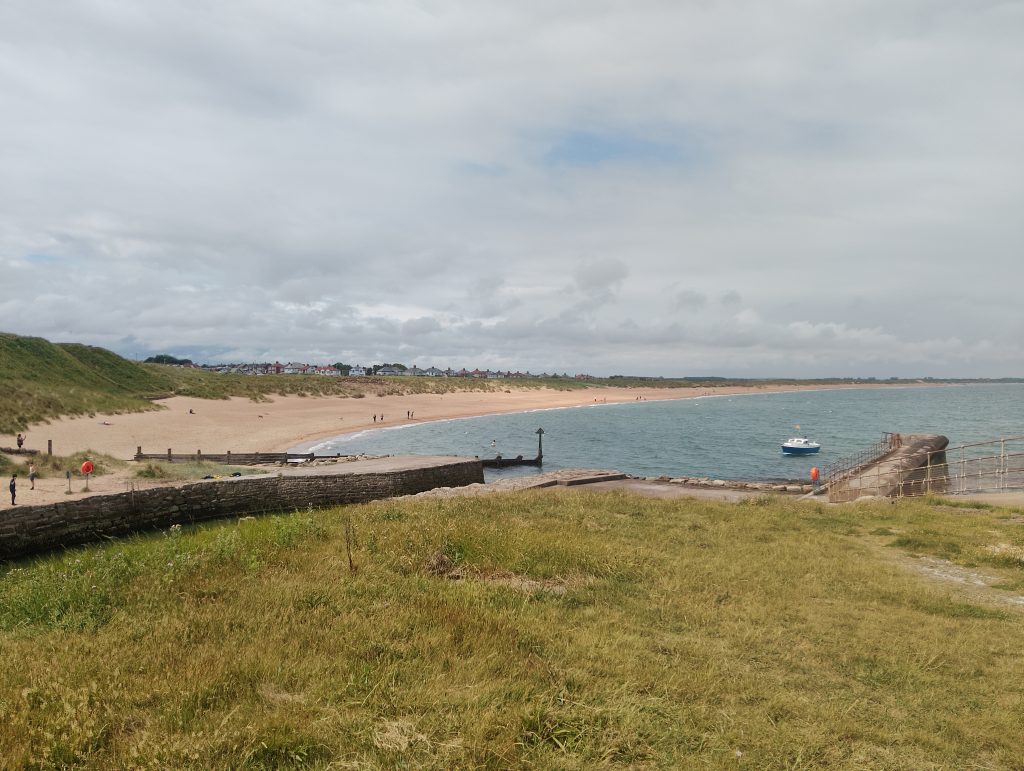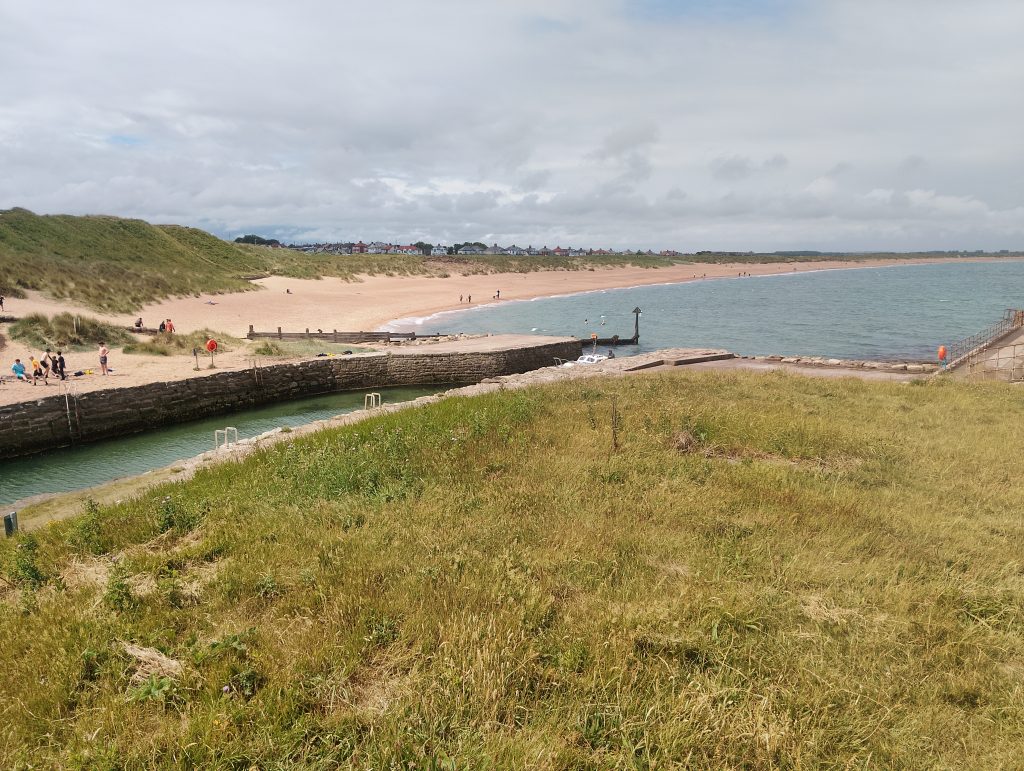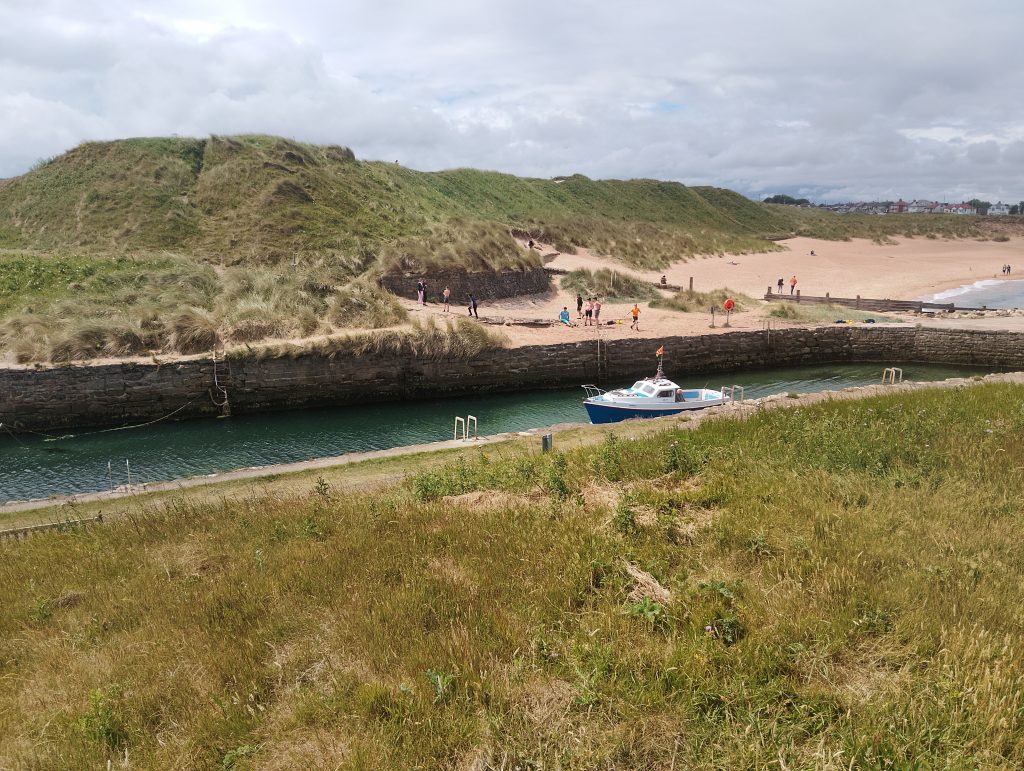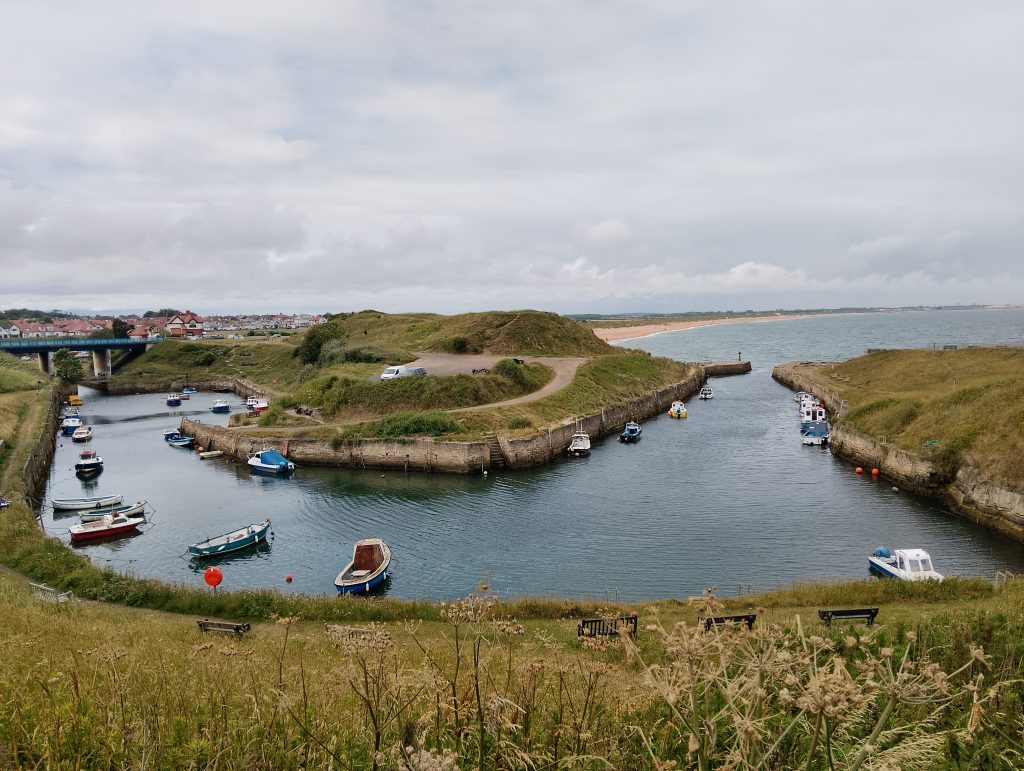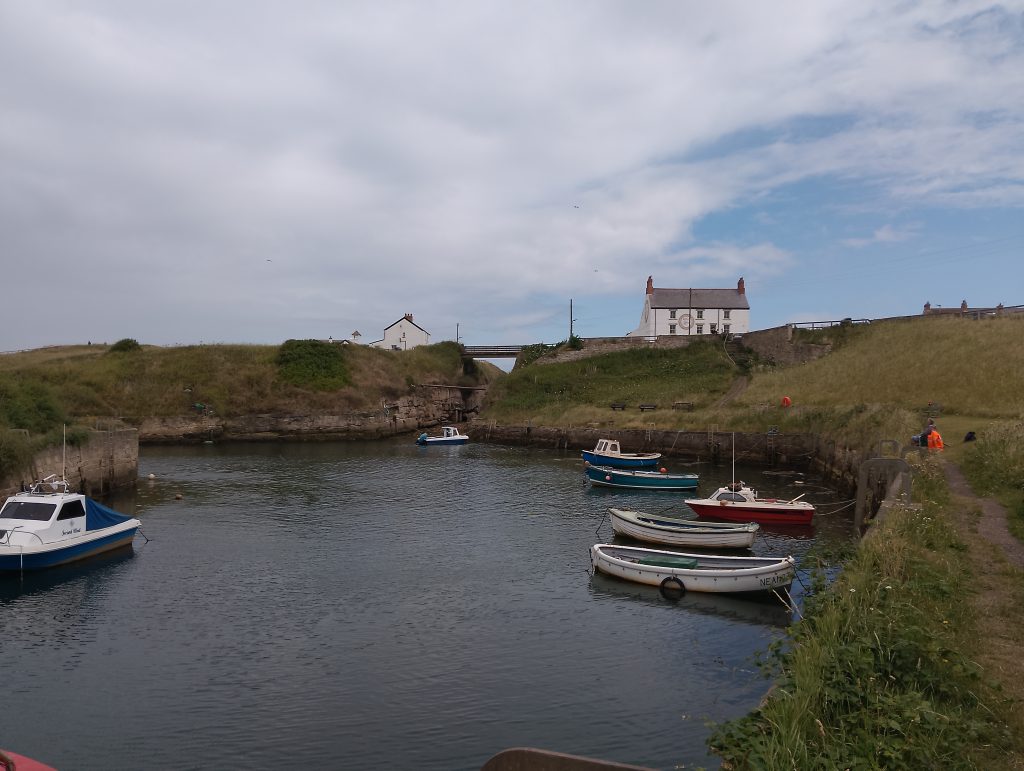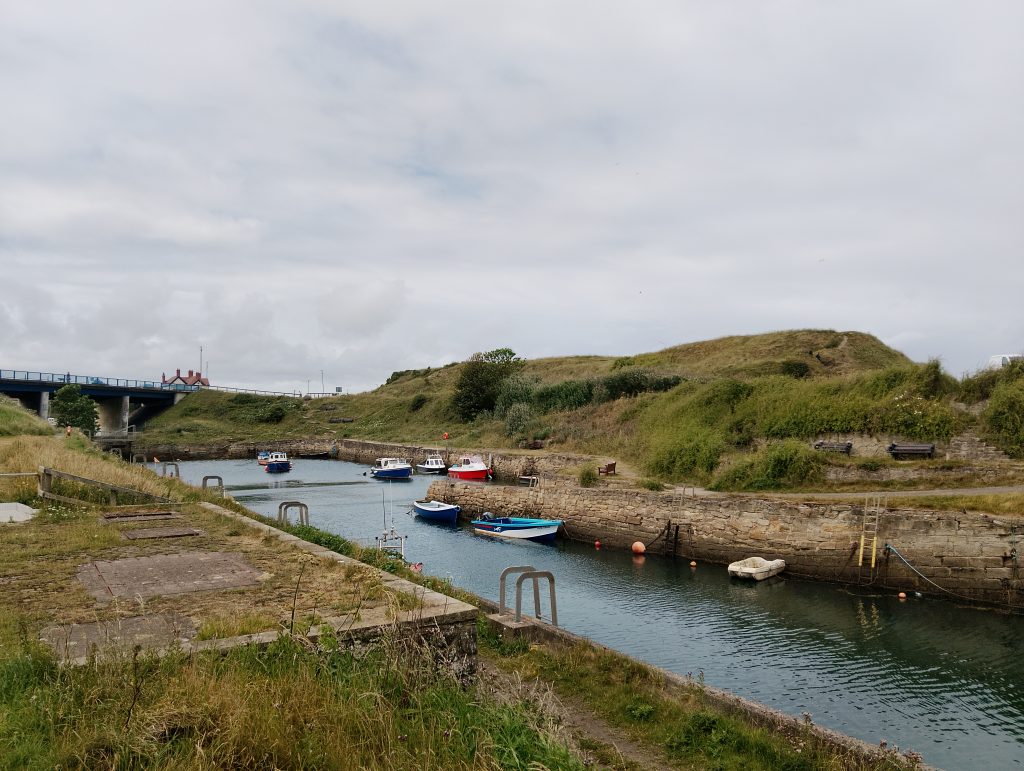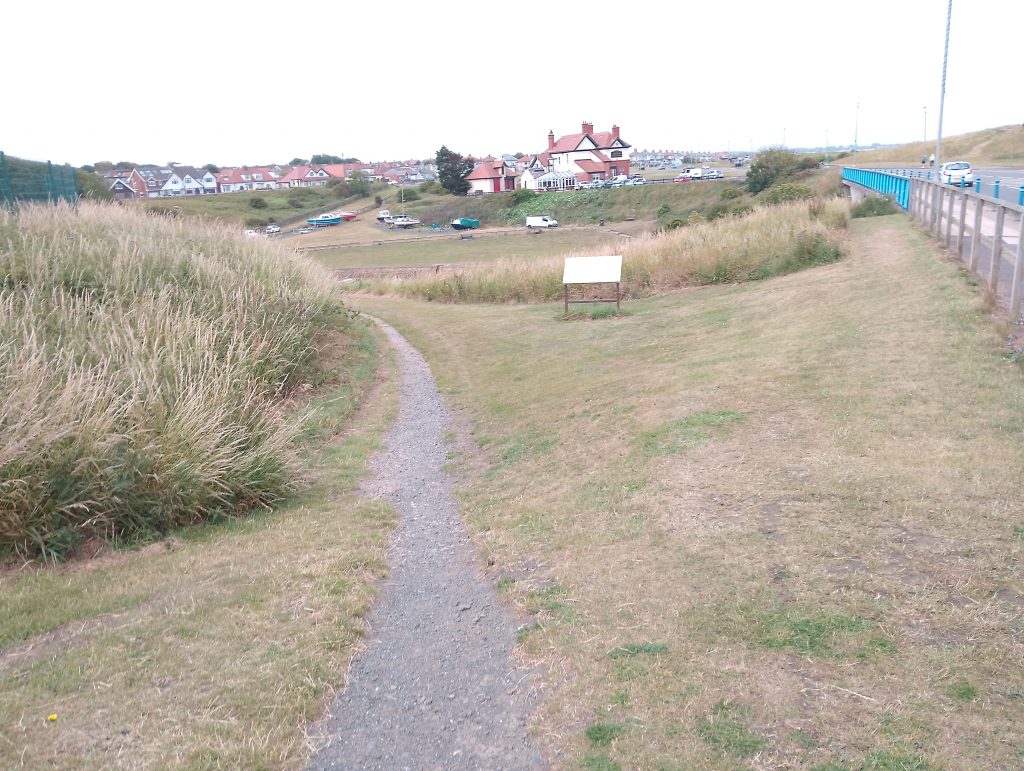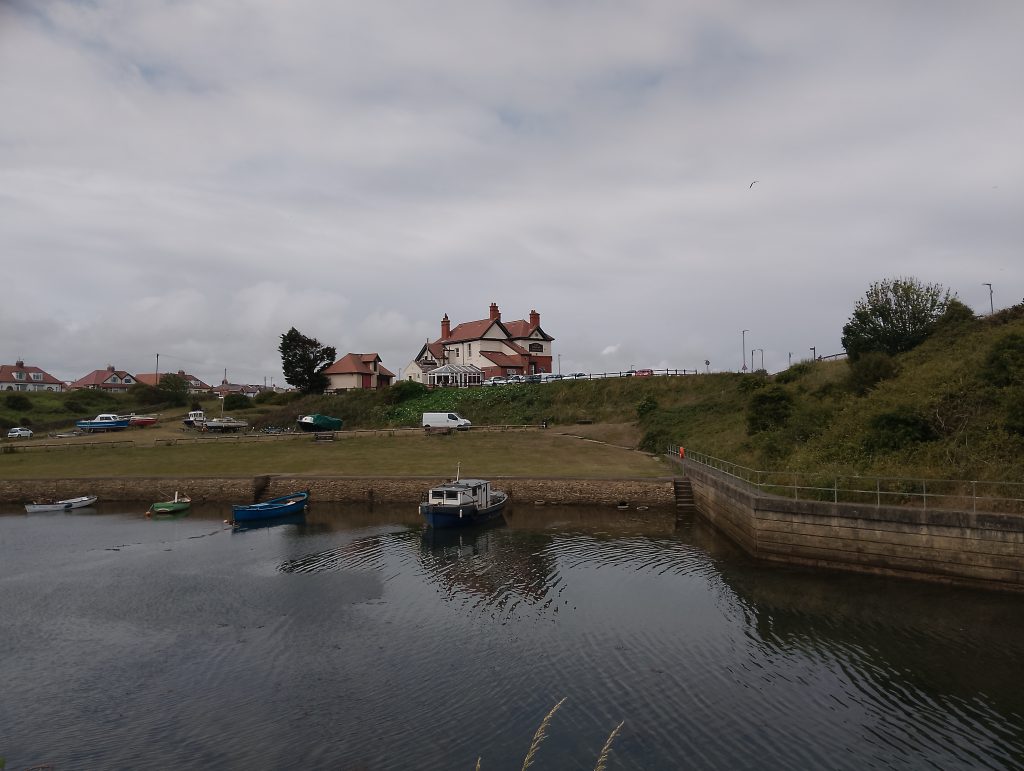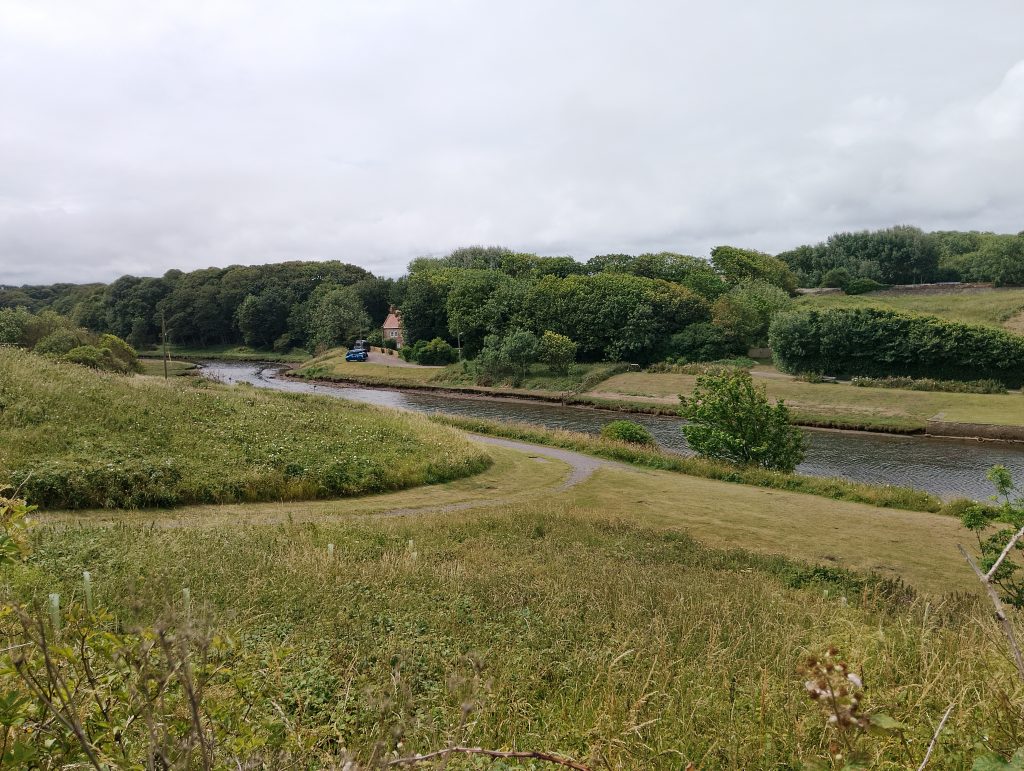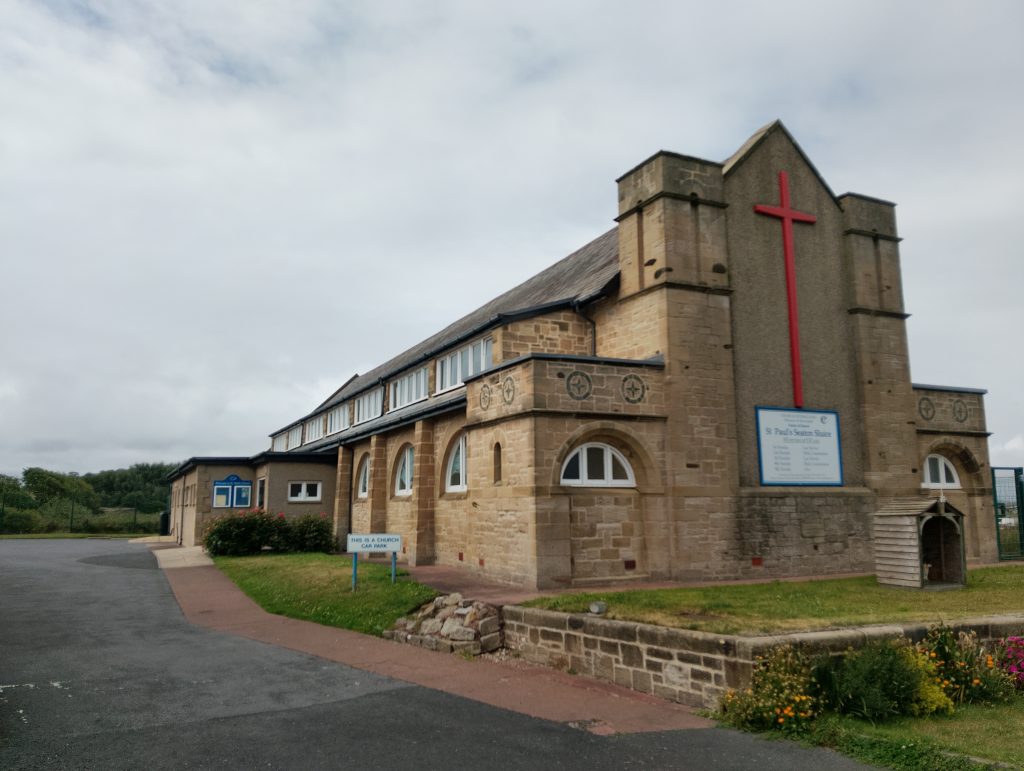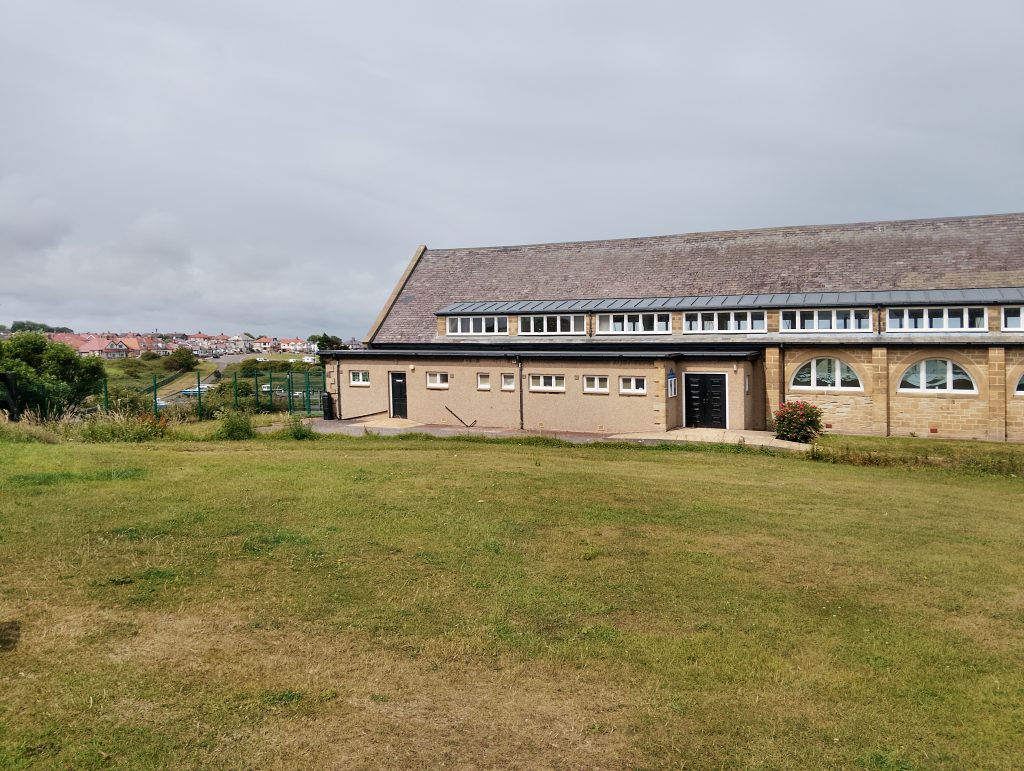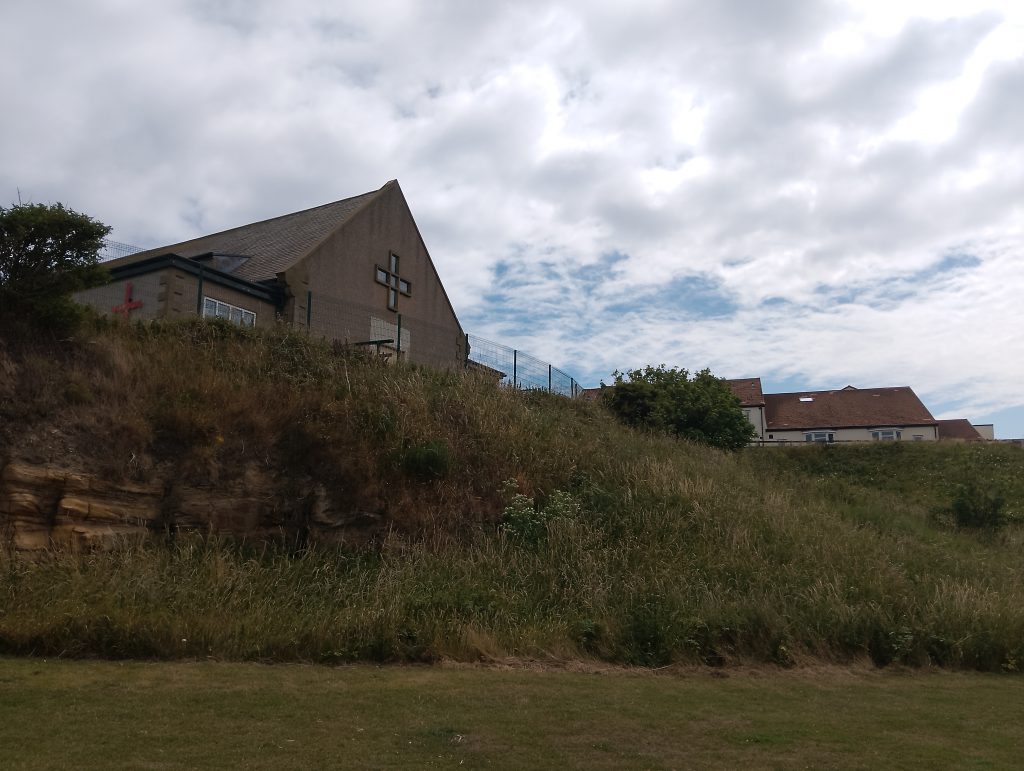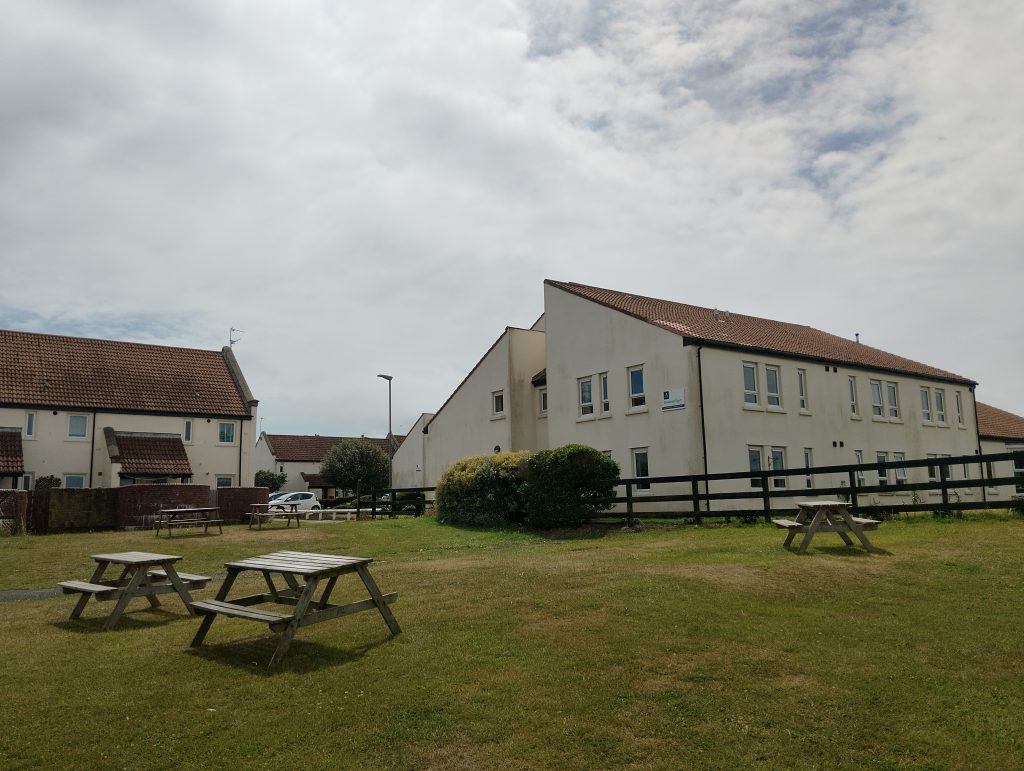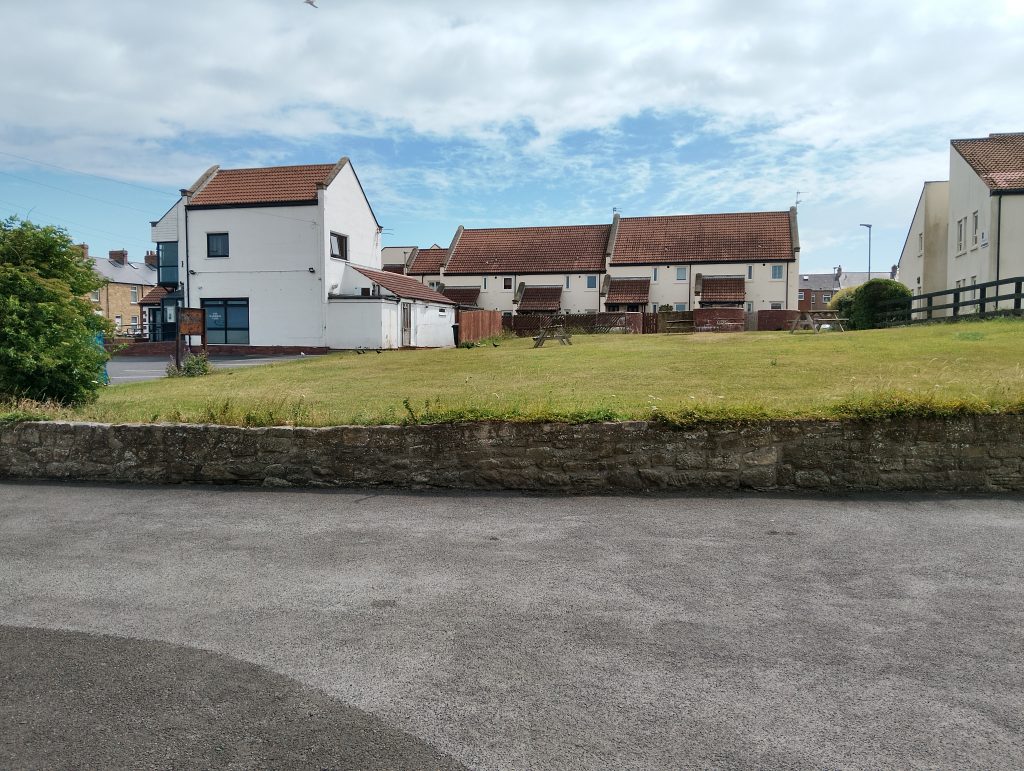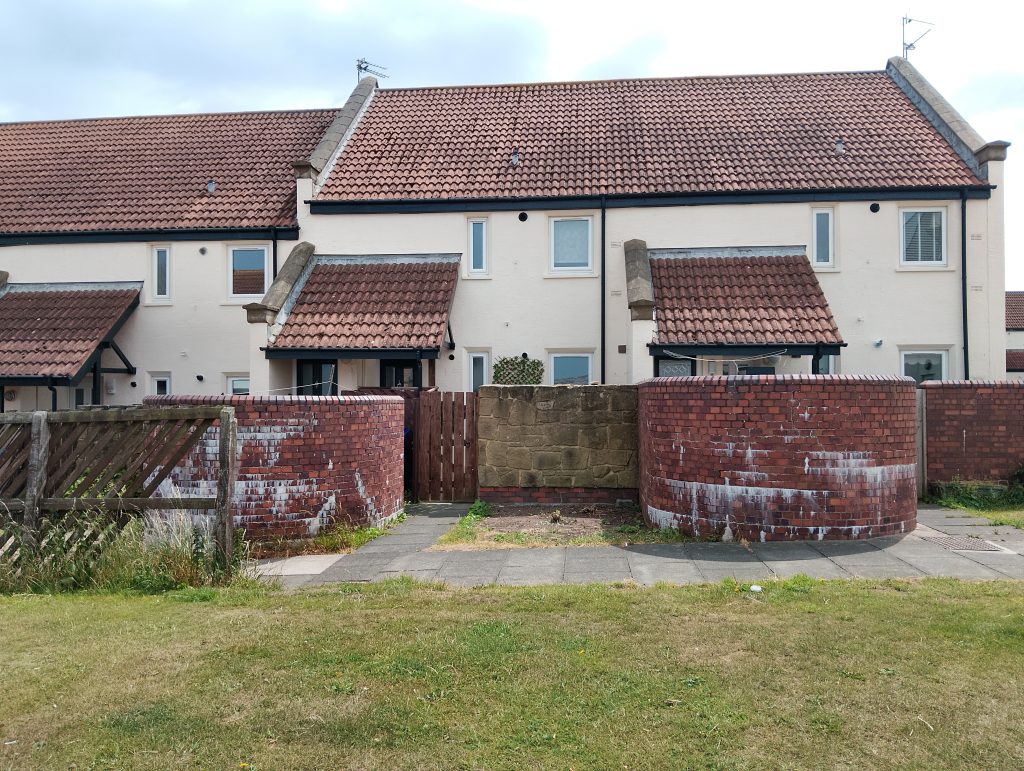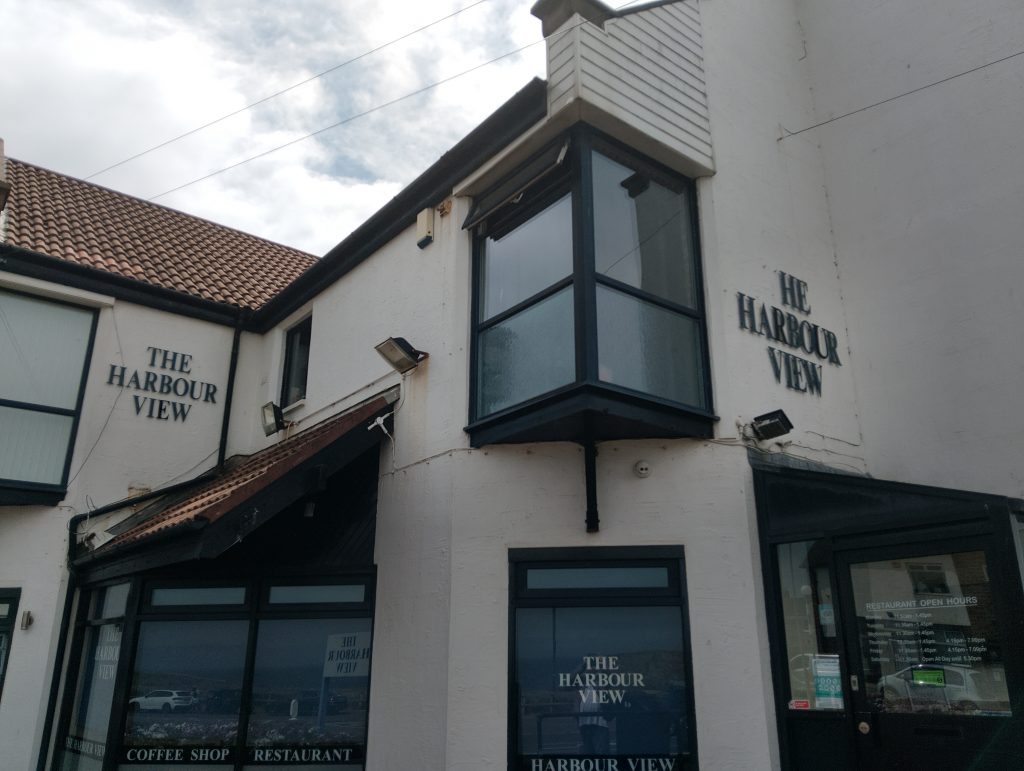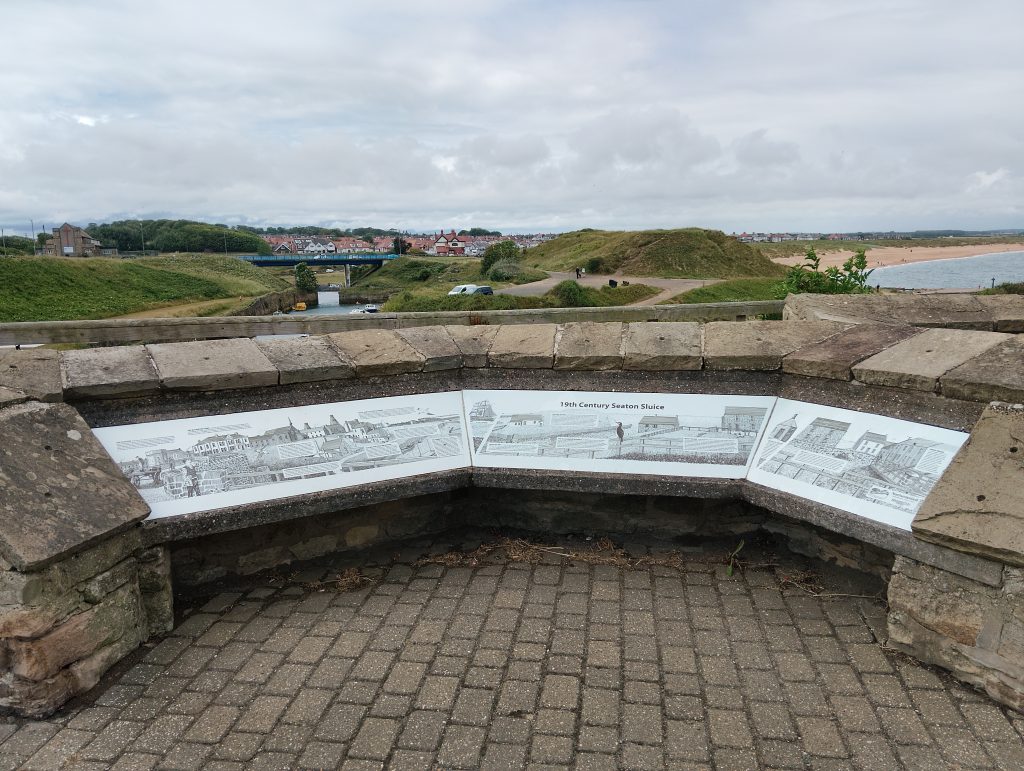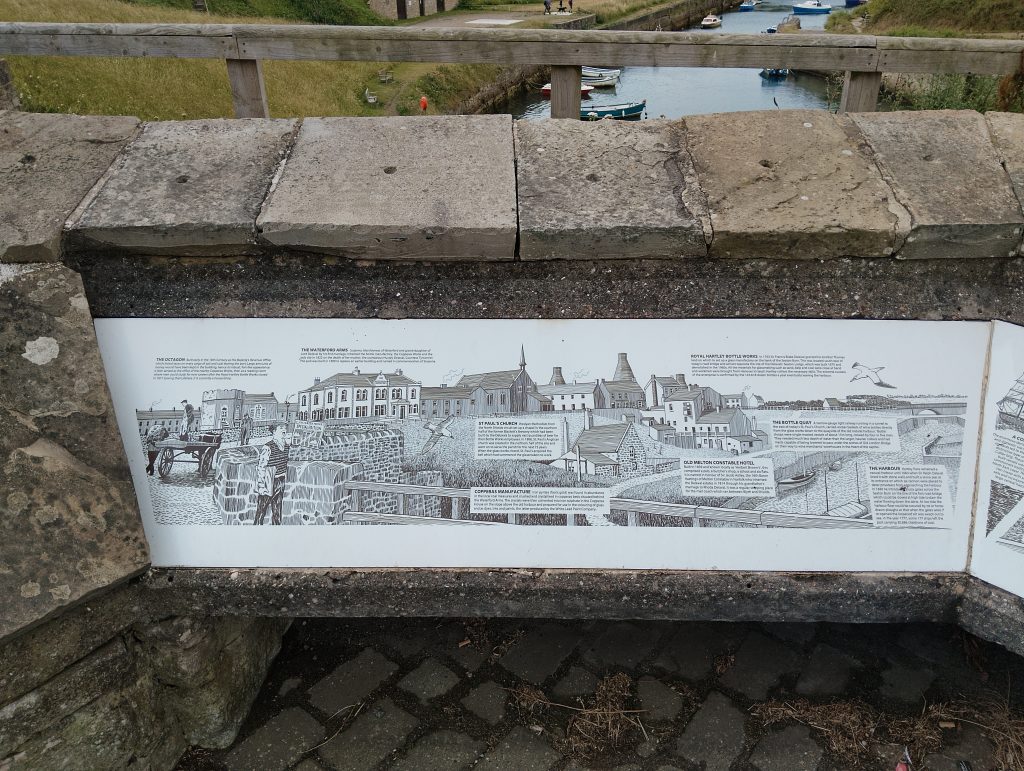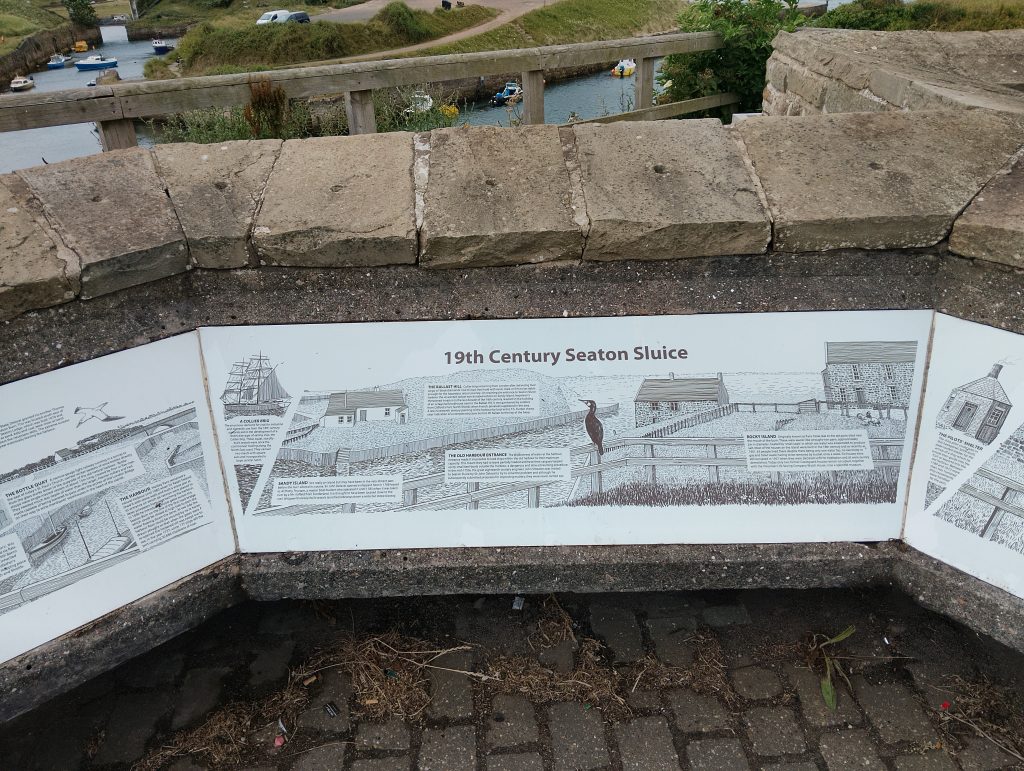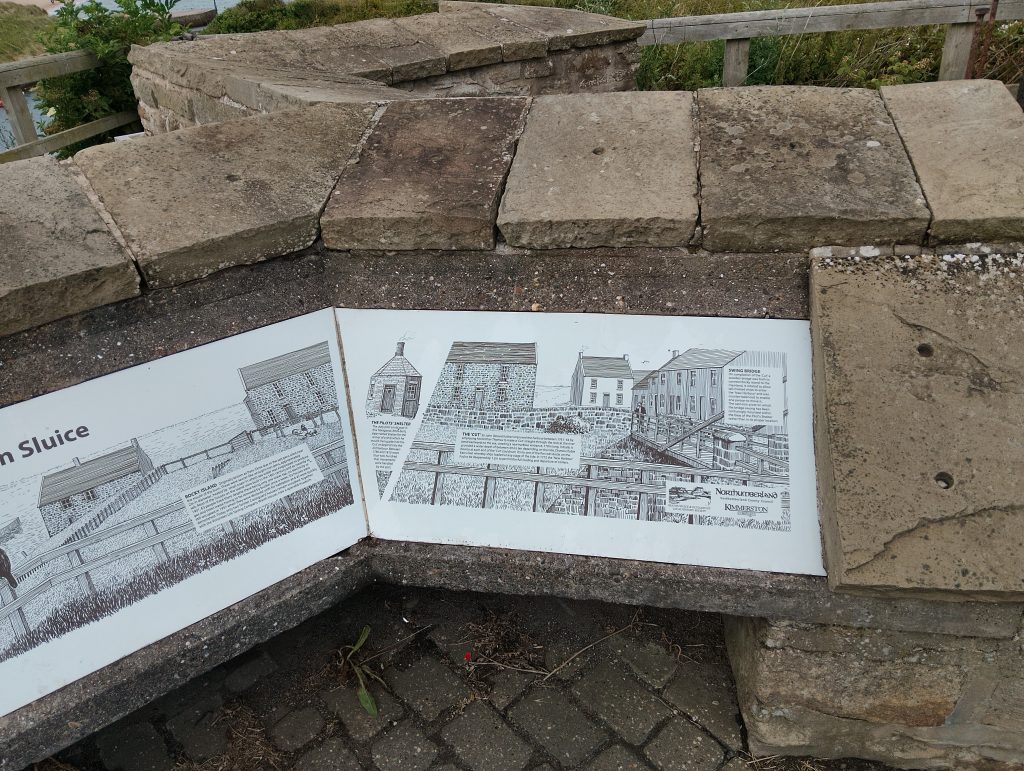Seaton Sluice Walking Tour
Seaton Sluice Walking Tour
1.5 Miles – a leisurely hours walk
The Seaton Sluice History walking tour (mostly flat, some steps and easy slopes) takes you from the charming Waterford Arms through a rich tapestry of maritime and industrial heritage—from the bustling harbour and engineered Cut to Rocky Island’s watch house and beach viewpoint. You’ll pass historic landmarks like the old Bottleworks site, St Paul’s Church, the Kings Arms, and interpretive signs revealing the village’s salt, coal, and glass past. Natural highlights include the tranquil Seaton Burn valley via Hollywell Dene, and coastal views across Collywell Bay and Charlie’s Garden. Tying together history, scenery, and local life in a one and a half mile loop.
 The Waterford Arms
The Waterford Arms
The Waterford Arms stands proudly at the heart of Seaton Sluice, overlooking the harbour and sea. Built in the early 1800s on the site of an old brewery, named after the Suzanna Marchioness of Waterford, a member of the Delaval family. With its whitewashed walls, sash windows, and coastal charm, the inn has long welcomed travellers and locals alike. Rebuilt in 1899, inside you will find nods to the village’s maritime past, alongside a traditional pub and modern hotel rooms. It’s a perfect spot to pause, take in the view, and imagine the bustling trade that once passed through this historic harbour village.
 Tower House Gallery
Tower House Gallery
The Tower House Gallery—locally called “The Octagon”—is a striking castellated octagonal stone building on Collywell Bay Road. Built in the early‑to‑mid 18th century as His Majesty’s Revenue Office and harbour-master’s residence, it may have been designed by Sir John Vanbrugh. In the 19th century it hosted a public reading room and later served as a private home known fondly as “Katie’s Castle”. Today it houses a local art Gallery across its charming octagonal rooms, offering coastal views and creative inspiration for walkers and culture lovers.
 War Memorial Seaton Sluice
War Memorial Seaton Sluice
The Grade II listed War Memorial stands proudly on the Green at the junction of Collywell Bay Road and West Terrace, a dignified tribute to Seaton Sluice and Old Hartley’s fallen. Crafted from granite, its 20‑foot Latin cross rises from a stepped plinth, engraved with oak‑leaf and laurel motifs. Unveiled in 1921 to honour 23 local men lost in the Great War—and later amended to commemorate 27 from World War II, funded by public subscription and restored in the 1990s. This touching memorial invites reflection amid a charming coastal walk.
 Seaton Sluice Community Centre
Seaton Sluice Community Centre
The Seaton Sluice Community Centre, housed in the former Albert Road schoolhouse since 1970, is a vibrant hub of village life. Run entirely by volunteers, it hosts local history talks, exercise classes, youth groups, and private events—connecting generations and fostering community spirit. During summer, Newcastle University has showcased student art inspired by Seaton Sluice there, blending creativity with heritage. Welcoming halls and gardens make it a lively stop on your walking tour—a living space rooted in the village’s past and future.
 Collywell Bay & Charlie’s Garden
Collywell Bay & Charlie’s Garden
Collywell Bay frames the enigmatic “Charlie’s Garden,” a lone sandstone sea‑stack once attached to the mainland, now standing proudly offshore. Locally named after Charles Dockwray—who reputedly grew plants atop the rock before erosion claimed the link—it offers a whimsical glimpse into village lore. This rugged pinnacle, sculpted by the North Sea, provides a striking photo opportunity, especially at dawn or dusk, and invites you to imagine a hidden garden in this coastal haven as you pause on your Seaton Sluice walking tour.
 Fire Beacon
Fire Beacon
Perched on the grassy headland, Seaton Sluice’s Fire Beacon stands as a modern homage to ancient coastal warning systems. Erected from sturdy timber and crowned with an iron basket, it’s lit for national commemorations like the Platinum Jubilee and 80 VE day, forging a tangible link between contemporary community spirit and the historic beacons that once guided and protected mariners. As you walk past, imagine the crackle of flames warning of danger at sea and marking moments of collective celebration—becoming a poignant vantage for sea views and reflection on this village’s enduring maritime heritage.
 Shanti Art
Shanti Art
Shanti Art is the quirky outdoor gallery and workshop of Tom Newstead tucked behind the King’s Arms in Seaton Sluice. The collection transforms driftwood, old boat parts, miners’ relics and maritime flotsam into whimsical sculptures—replica tall ships, rock‑top miners, Norse‑myth figures and more—created from Northumberland’s coastal treasures. It’s a playful, creative pause on your walking tour, blending seaside heritage with local artistry and inviting you to explore the imaginative side of this historic harbour village.
 The King’s Arms
The King’s Arms
The Kings Arms, a handsome Grade II‑listed pub on the harbour’s edge, began life in the mid‑18th century as the overseer’s house before becoming a hotel and later a pub. Its coach‑house served as a 19th‑century HM Coastguard station. With cosy log fires, hearty home‑cooked meals, real ales, and summer seating offering views across the Northumberland coast, it remains a social hub whose walls have witnessed decades of local life. A perfect stop to soak in maritime heritage and village atmosphere.
 Bridge over the Cut (Gut)
Bridge over the Cut (Gut)
As you step onto the Bridge over the Cut (Gut) at Seaton Sluice, you’re crossing a remarkable 18th‑century engineering marvel. This 270‑metre‑long, 9‑metre‑wide, 15‑metre‑deep channel—carved through rock in the 1760s—facilitated year‑round harbour access and creating Rocky Island. The bridge spans this “Cut,” linking village and quay while offering sweeping views of tidal waters and historic quay walls. Pause here to imagine people of the past crossing the bridge and bottle sloops gliding out to sea—this crossing vividly connects you to Seaton Sluice’s industrious maritime past.
 Rocky Island
Rocky Island
Rocky Island emerged in 1763 when Sir John Hussey Delaval blasted “The Cut” through the old harbour, severing this rocky promontory into a tidal island—linked by a quaint footbridge—once bustling with homes, coastguard posts, and lifesaving stations. Today two former coastguard houses, a birdwatching hide and an 1888 Watch House stand sentinel, perfect for a reflective pause as you admire the harbour’s engineered entrance.
 Seaton Sluice Beach Viewpoint
Seaton Sluice Beach Viewpoint
Perched on Rocky Island, the Seaton Sluice Beach Viewpoint offers breathtaking panoramic views of both the sandy bay and the rugged breakwater. From this vantage, walkers can watch waves lap against ancient rock, spot seabirds in flight, and glimpse boats navigating the harbour. It’s a serene spot to pause, feel the sea breeze, and appreciate how the North Sea has sculpted this timeless landscape—an ideal viewpoint for reflection and photography on your coastal walking tour.
 Old Harbour Viewpoint
Old Harbour Viewpoint
Perched near the King’s Arms, the Harbour Viewpoint is where informative history signs reveal Seaton Sluice’s maritime legacy and industrial past. From here, you can gaze across the stone-built harbour—once a bustling hub for coal, salt, and bottle exports thanks to Delaval-engineered sluice gates and “The Cut” channel—and see the wagons and vessels evoked by the signage. As you pause on this vantage, the interpretive panels bring to life the ebb and flow of ships and community life, making it a revealing stop on your coastal stroll.
 Holywell Dene Path Entrance
Holywell Dene Path Entrance
The Holywell Dene Path Entrance sits quietly by the Main Road Bridge and leads into a peaceful wooded valley. This well-trodden path follows the Seaton Burn through the trees, offering a calm and shady contrast to the open coast. It’s a popular route for walkers, dog owners, and nature lovers, connecting Seaton Sluice to Holywell village. Look out for local wildlife, Starlight Castle Folly, local wildlife, and the sound of water as you walk. This spot marks the edge of the countryside and is a gentle reminder of the natural spaces that surround the village.
 St. Paul’s Church
St. Paul’s Church
St Paul’s Church, a single‑nave Anglican church on Beresford Road, built in 1903 as a village hall in honour of Dr John Ochiltree and consecrated in 1961 to serve the Delaval parish. An earlier 1886 mission operated from part of the old village brewery—shared with Methodists under one roof—a unique arrangement of the time. Today its sandstone façade and simple interior quietly anchor community worship. On the walking tour, it’s a reminder of Seaton Sluice’s adaptability and shared heritage.
 Bottleworks Site
Bottleworks Site
The Bottleworks site, once the sprawling Royal Hartley Bottleworks established in 1763 by the Delaval family, stood here at the harbour’s edge and became one of England’s largest glassworks, producing around 1.74 million bottles a year by 1777. Six tall brick furnaces—named Gallagan, Bias, Charlotte, Hartley, Waterford and Success—dotted the skyline, and underground wagonway tunnels carried bottles to quayside sloops. Demolished by 1897, today all that remains are faint glass-slag–topped walls, yet this site marks the heart of Seaton Sluice’s 18th–century industrial heyday and a vanished “city” of glass and coal.
 The Harbour View
The Harbour View
The Harbour View Chippy, on Beresford Road near the harbour, is a long-standing part of village life in Seaton Sluice. Known for its traditional fish and chips, it offers a simple place to pause, grab a bite, and enjoy views across the water. The menu includes familiar seaside favourites, served either to take away or eat in. Popular with both locals and visitors, it’s a delightful spot to sit for a while, especially after exploring the harbour or nearby coastal paths. A no-fuss chippy that’s become part of the walk for many.
Back to The Waterford Arms (Full Circle)
To finish the walk, return to the Waterford Arms, where your journey began. After exploring Seaton Sluice’s harbour, heritage, and coastline, this welcoming pub and hotel offers a comfortable place to rest and reflect. Whether you choose to enjoy a quiet drink, a warm meal, or simply sit outside and watch the tide, the Waterford brings the walk full circle. From here, you can look back toward Rocky Island and the Cut, taking in how much history and character is packed into this small Northumberland village. It’s a fitting end to a walk through time, tide, and local life.

